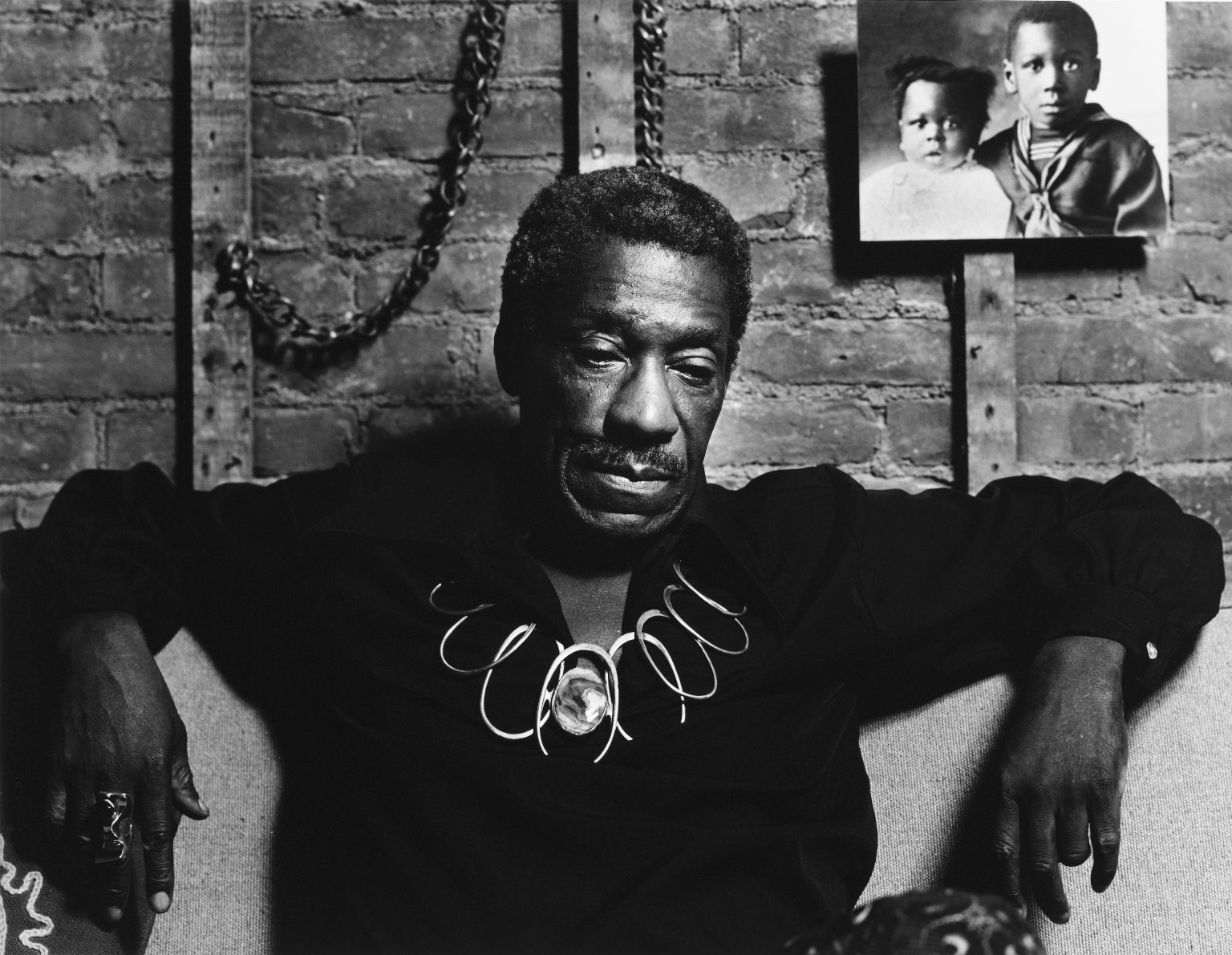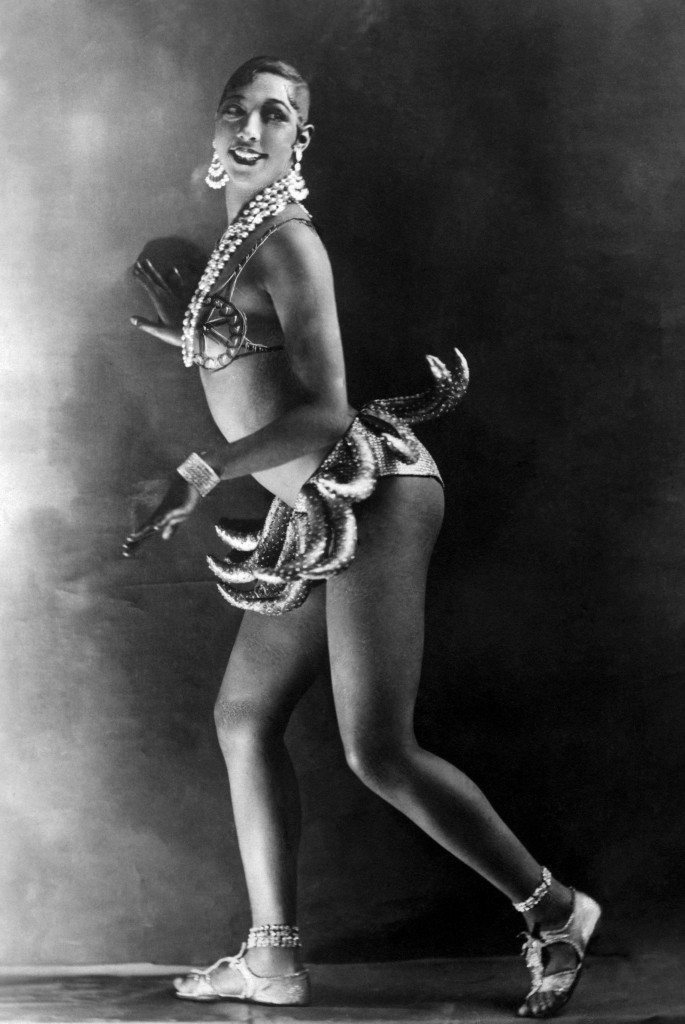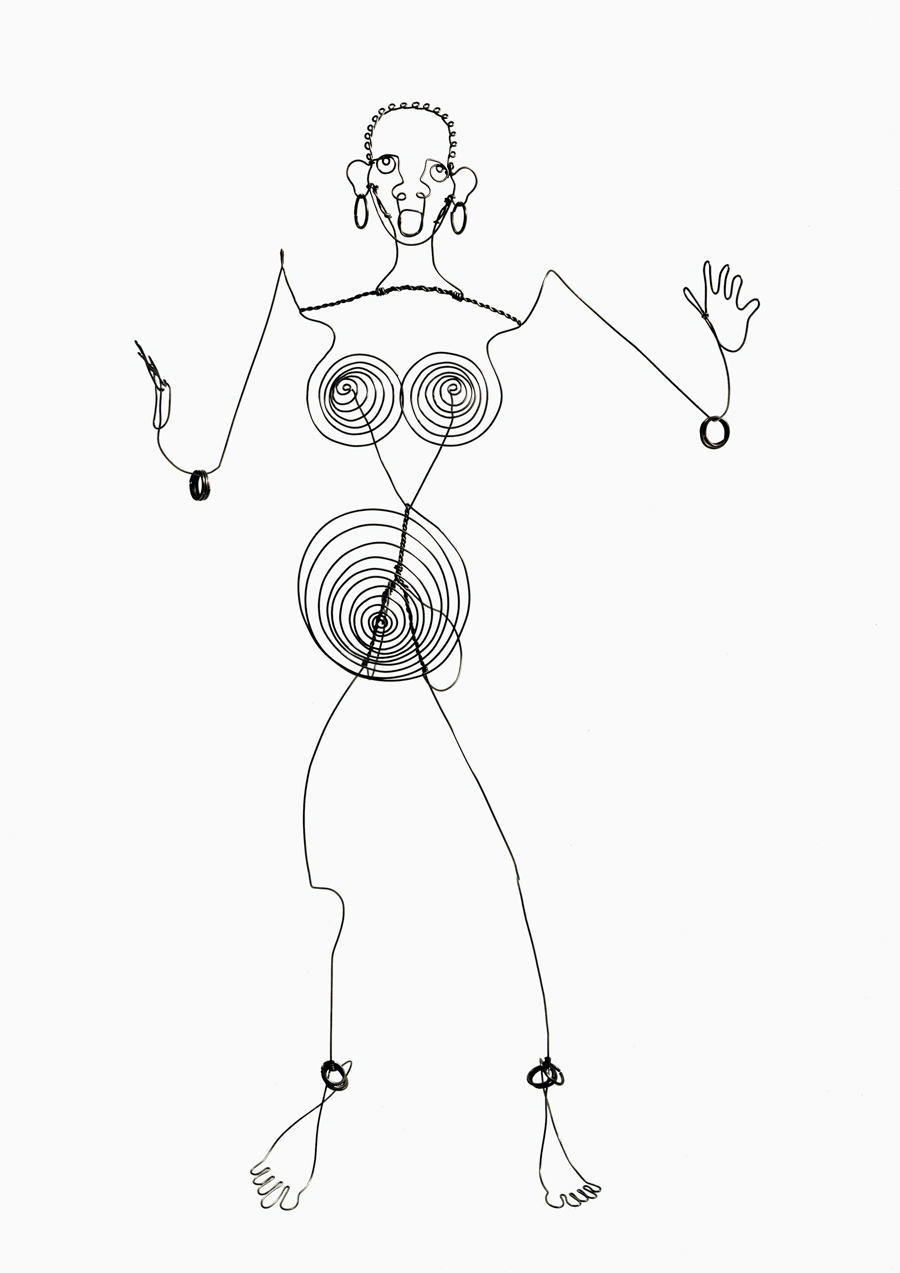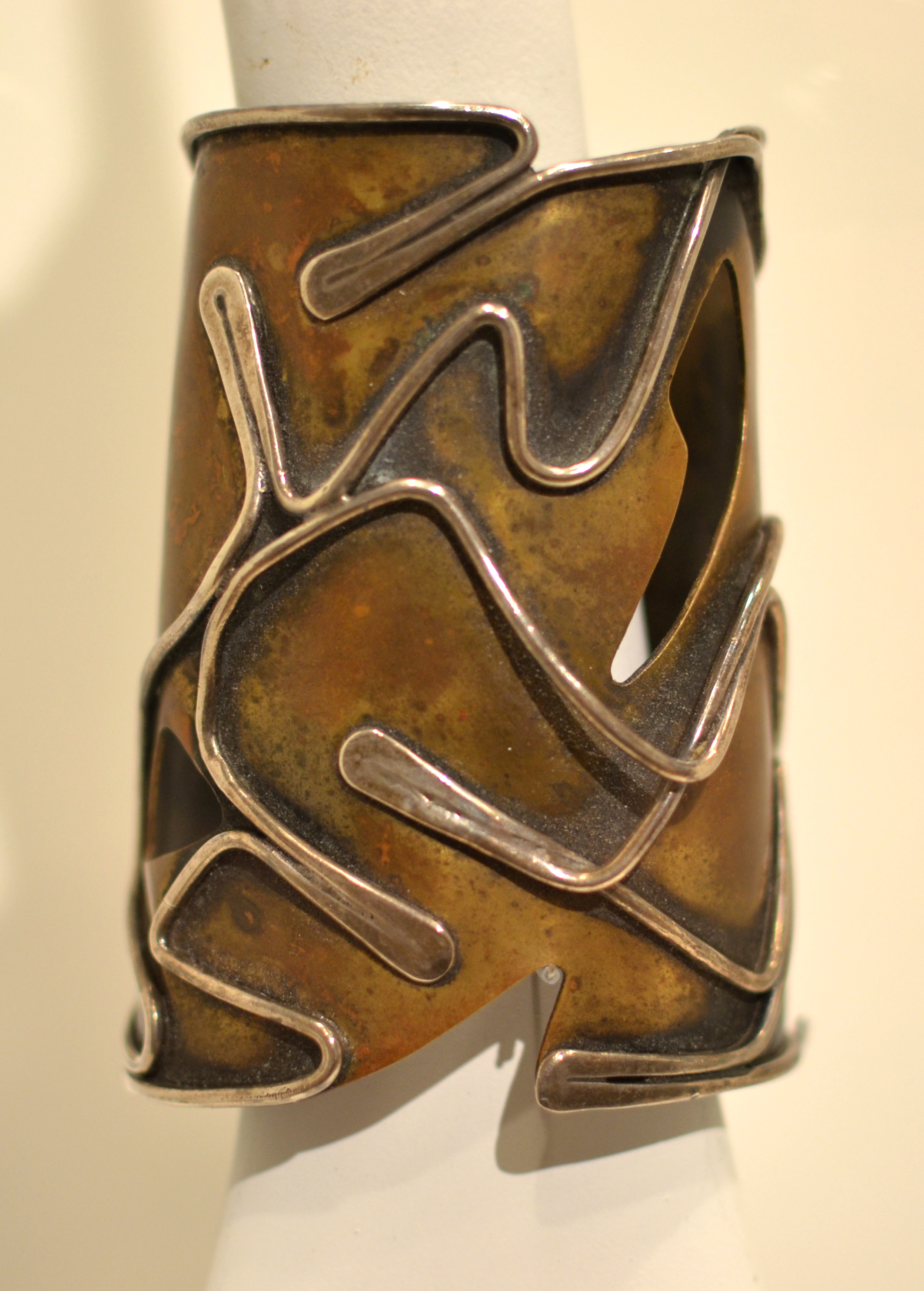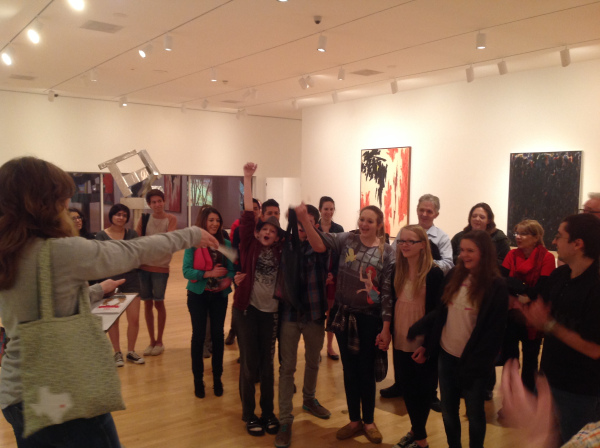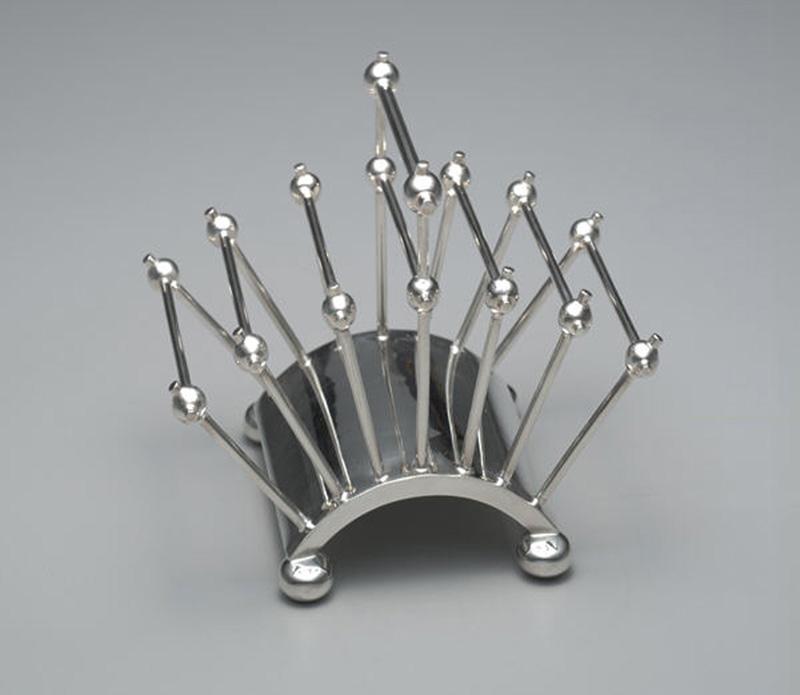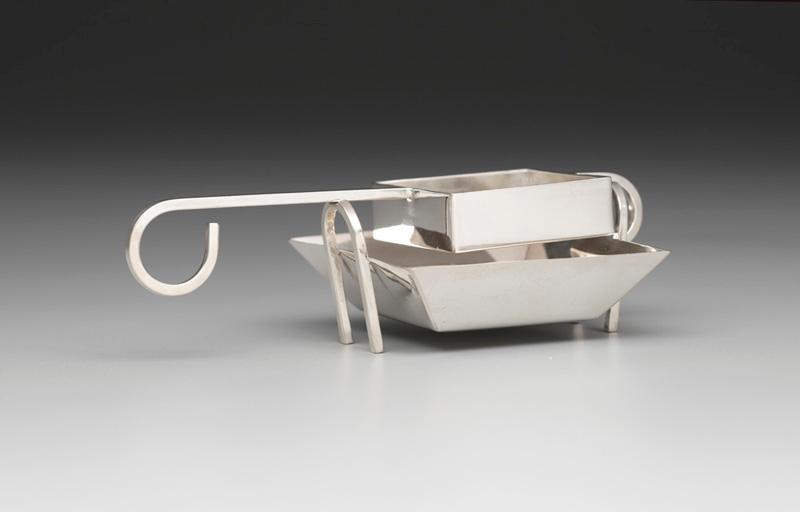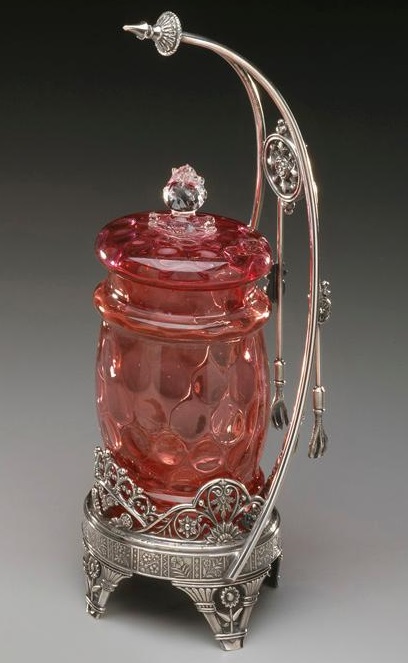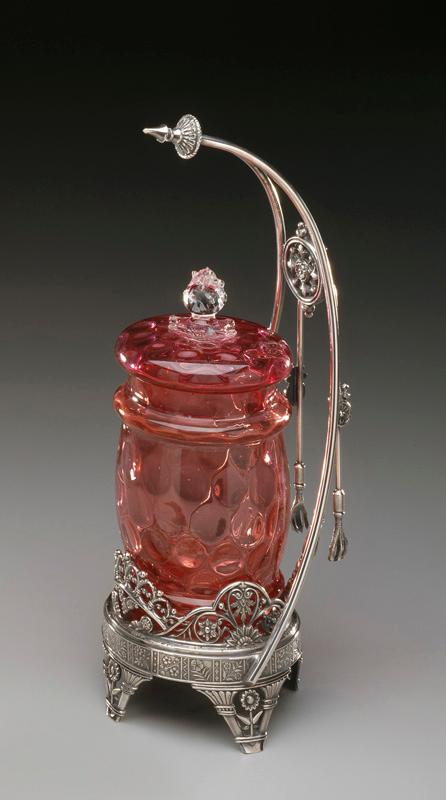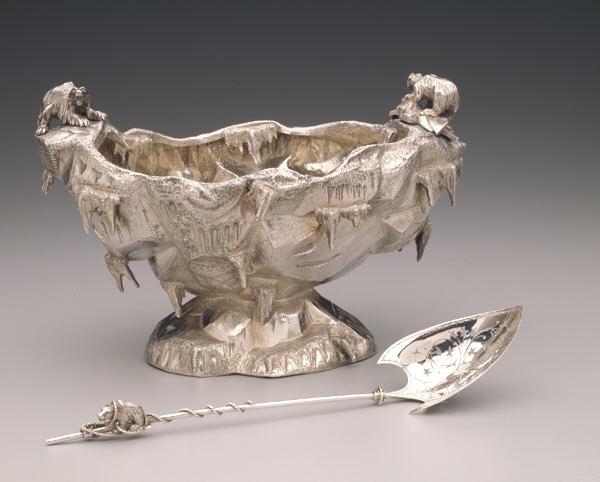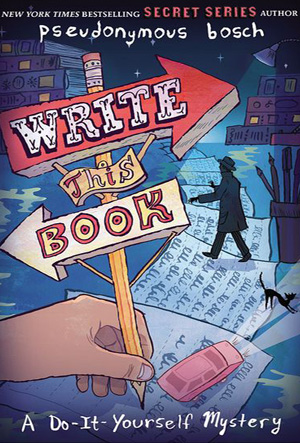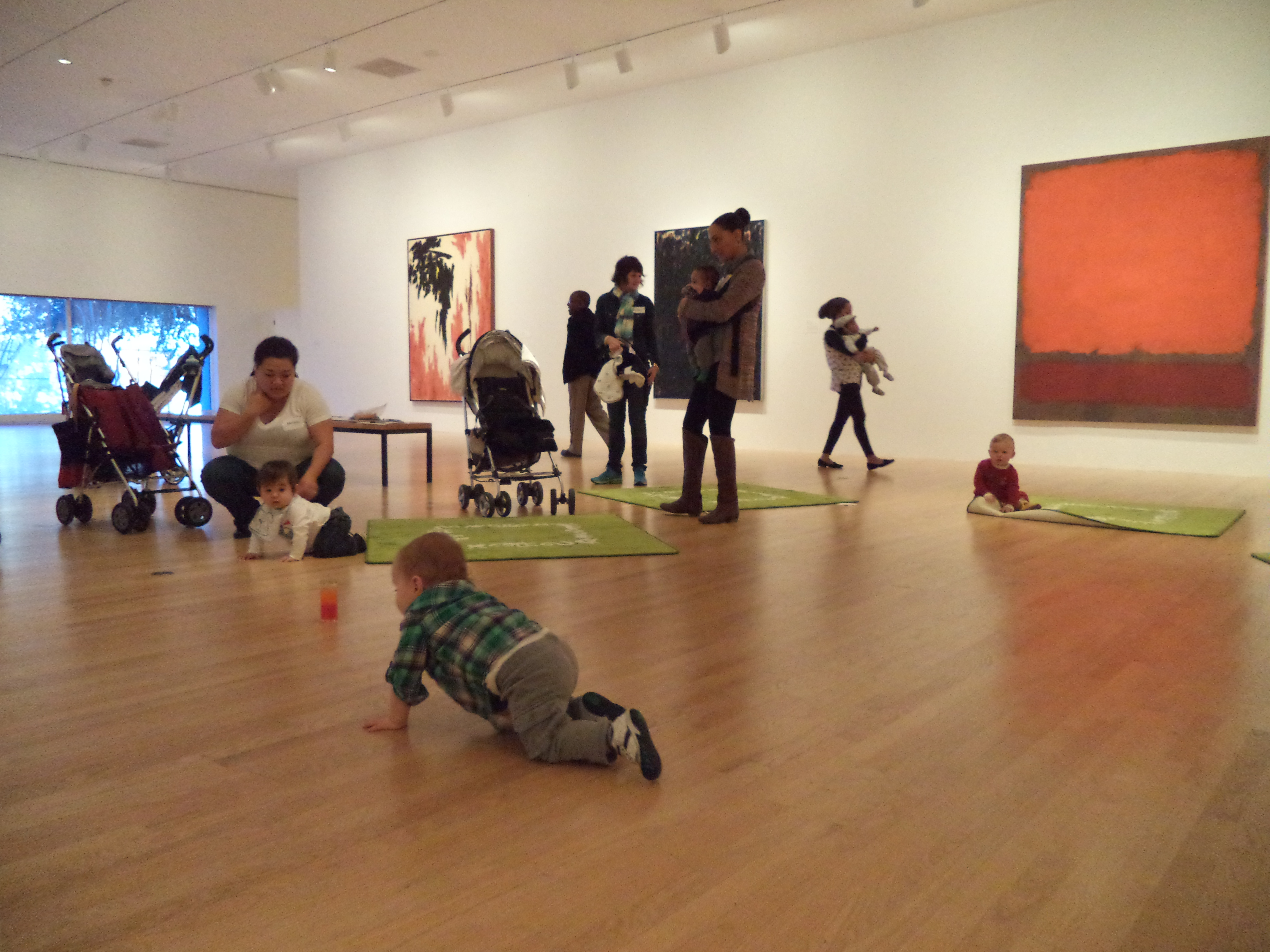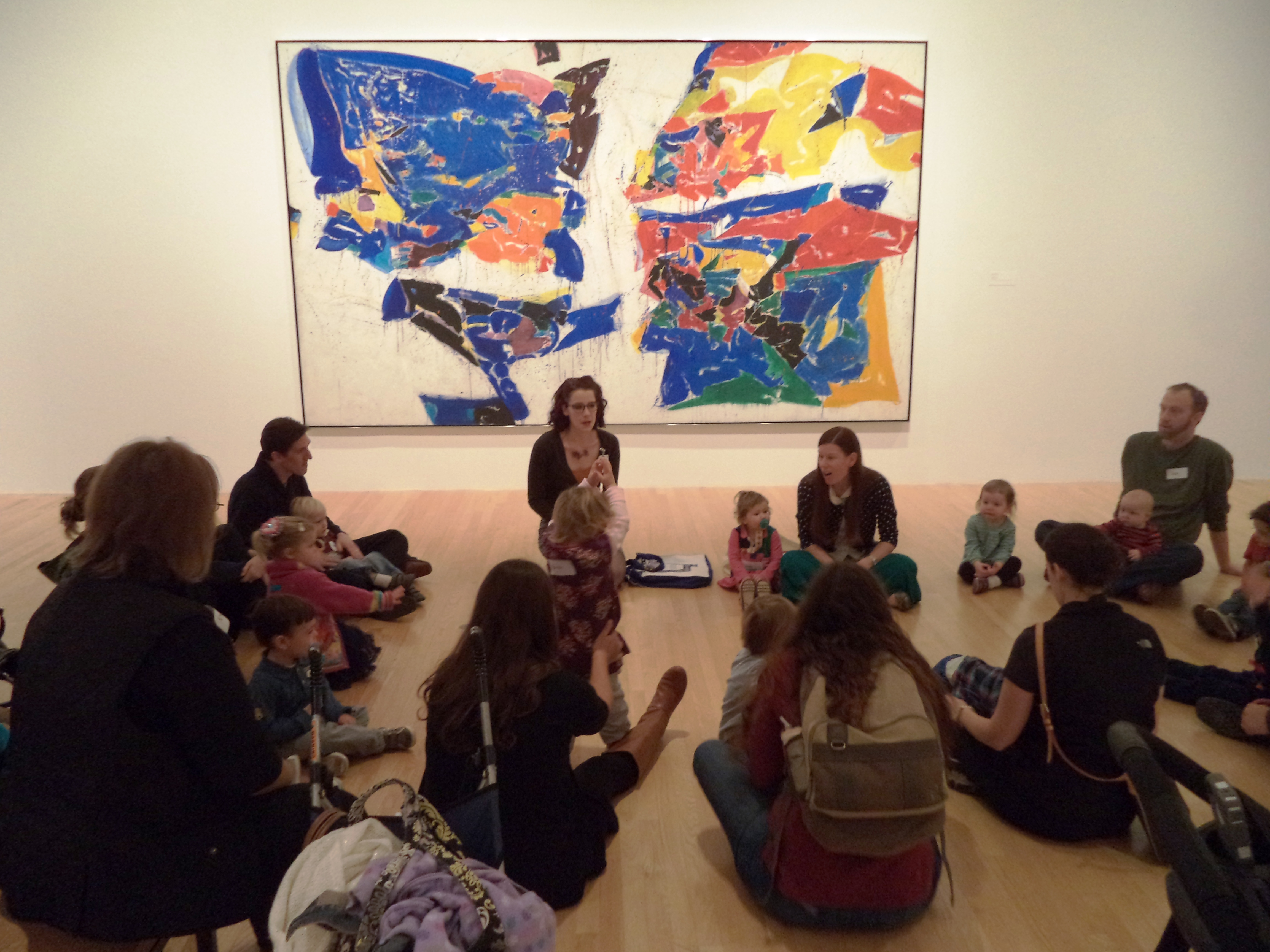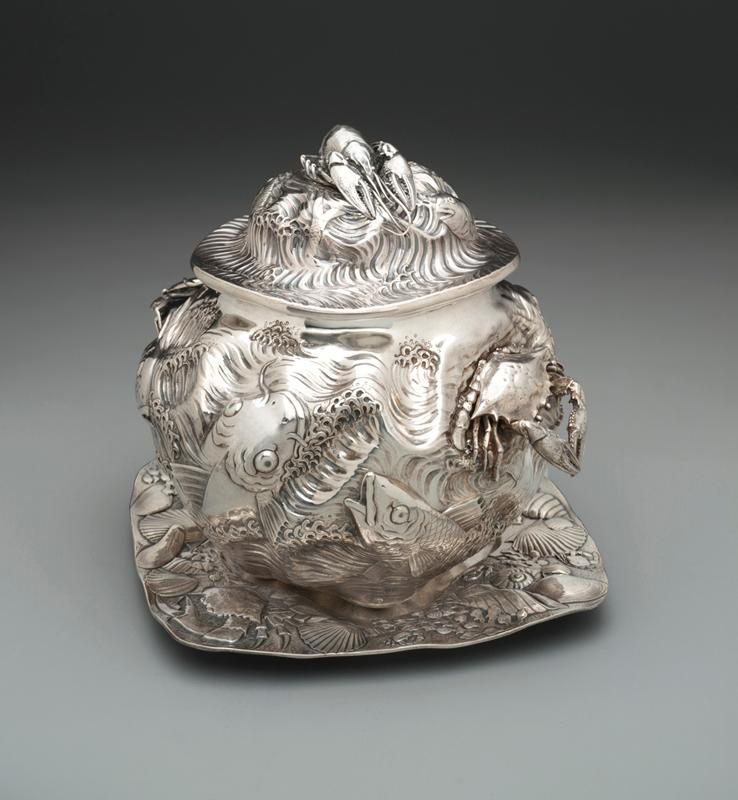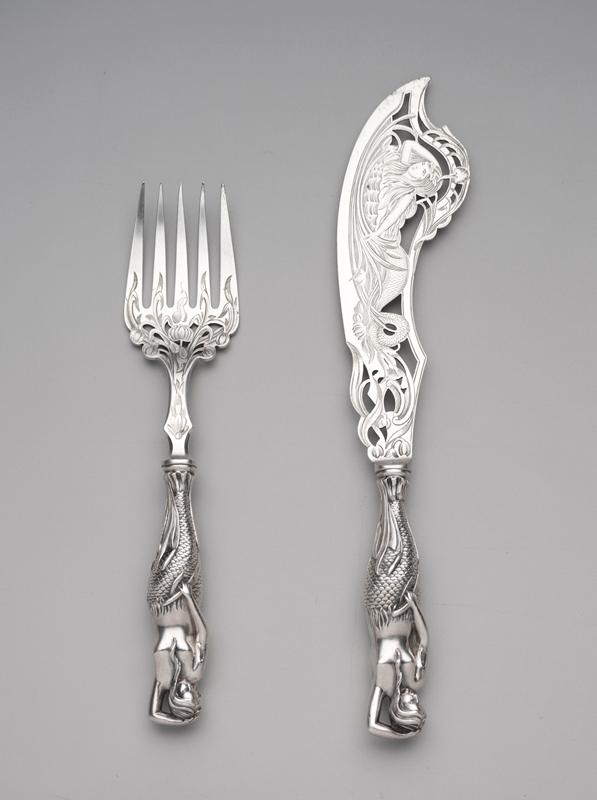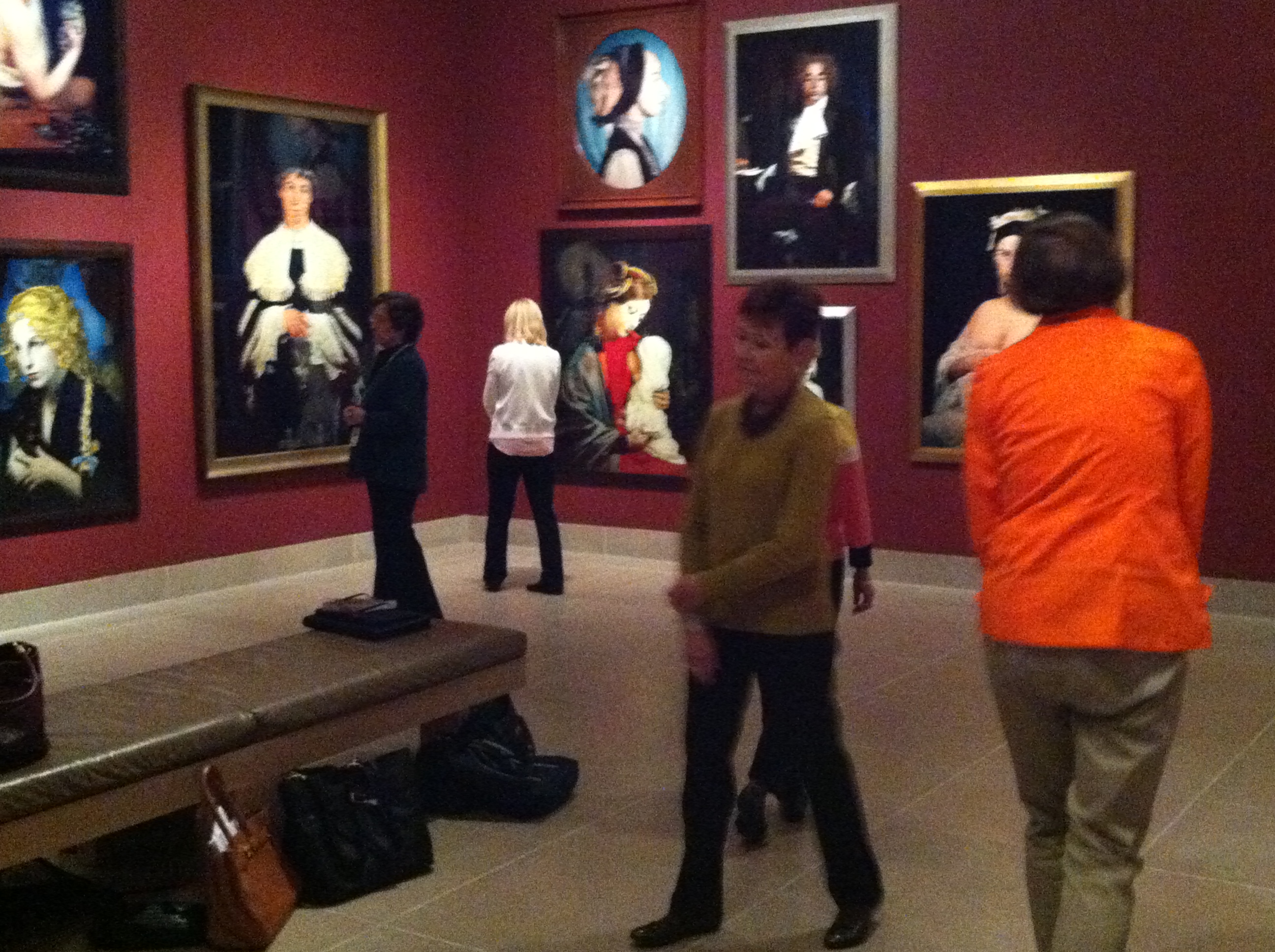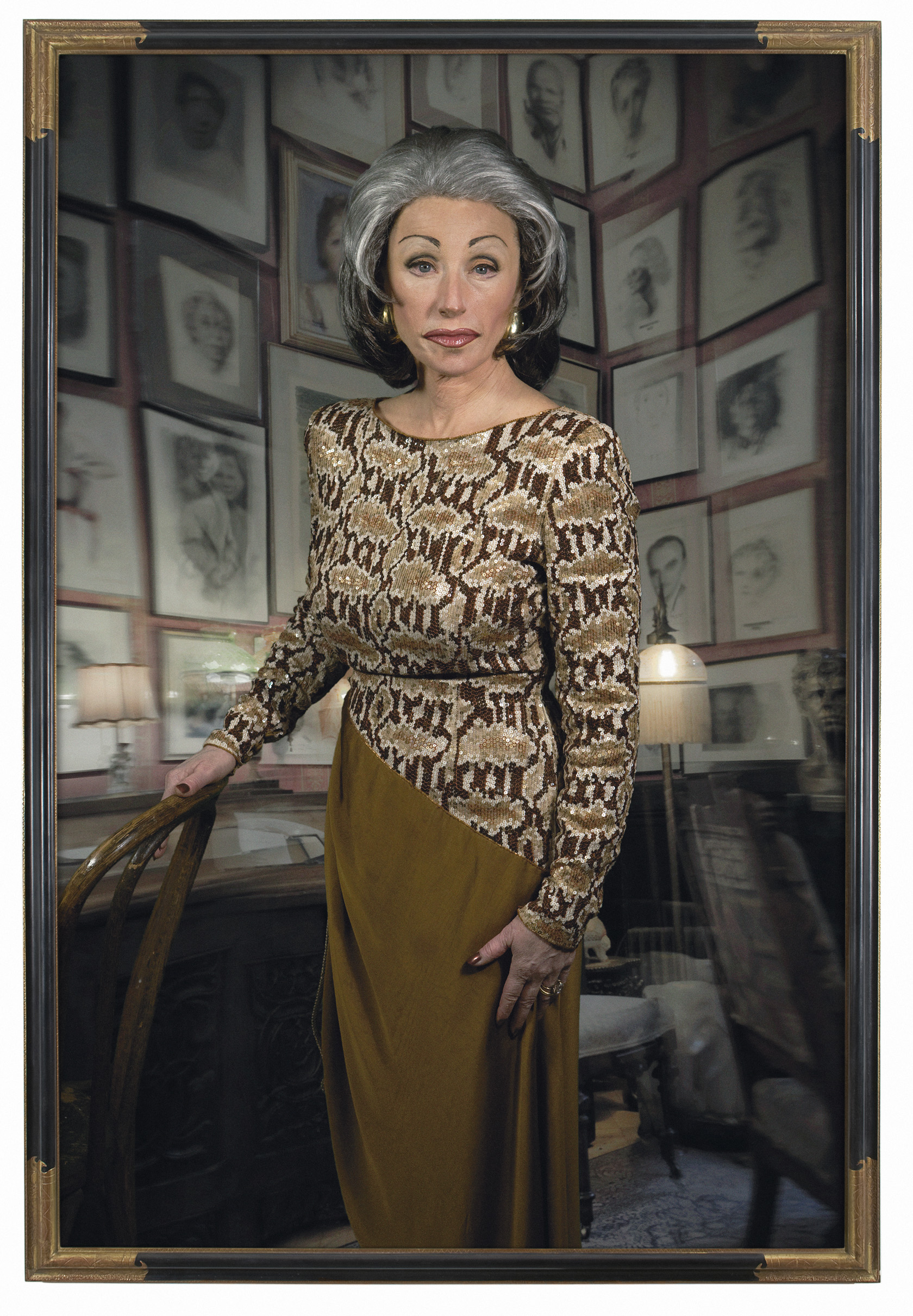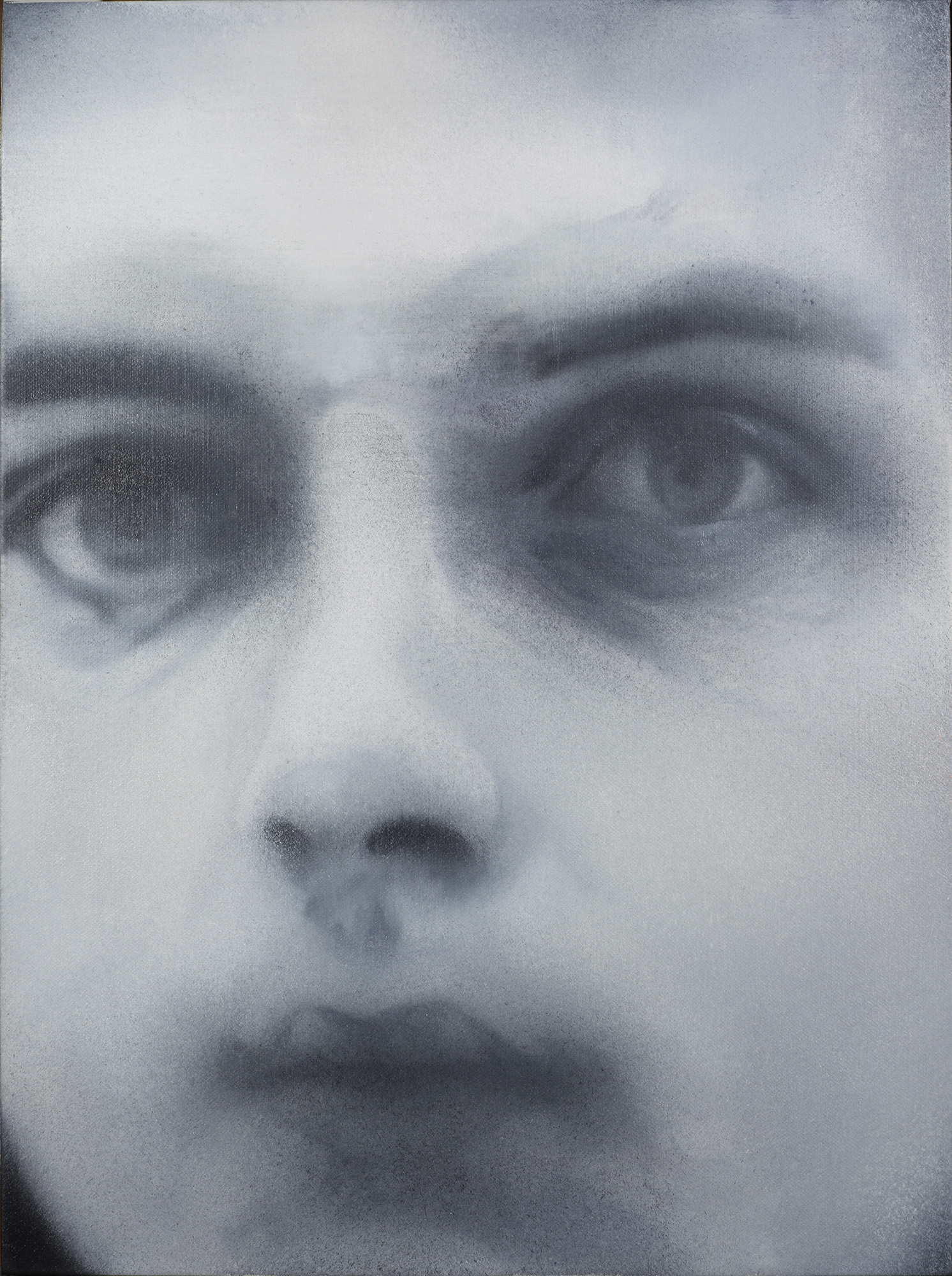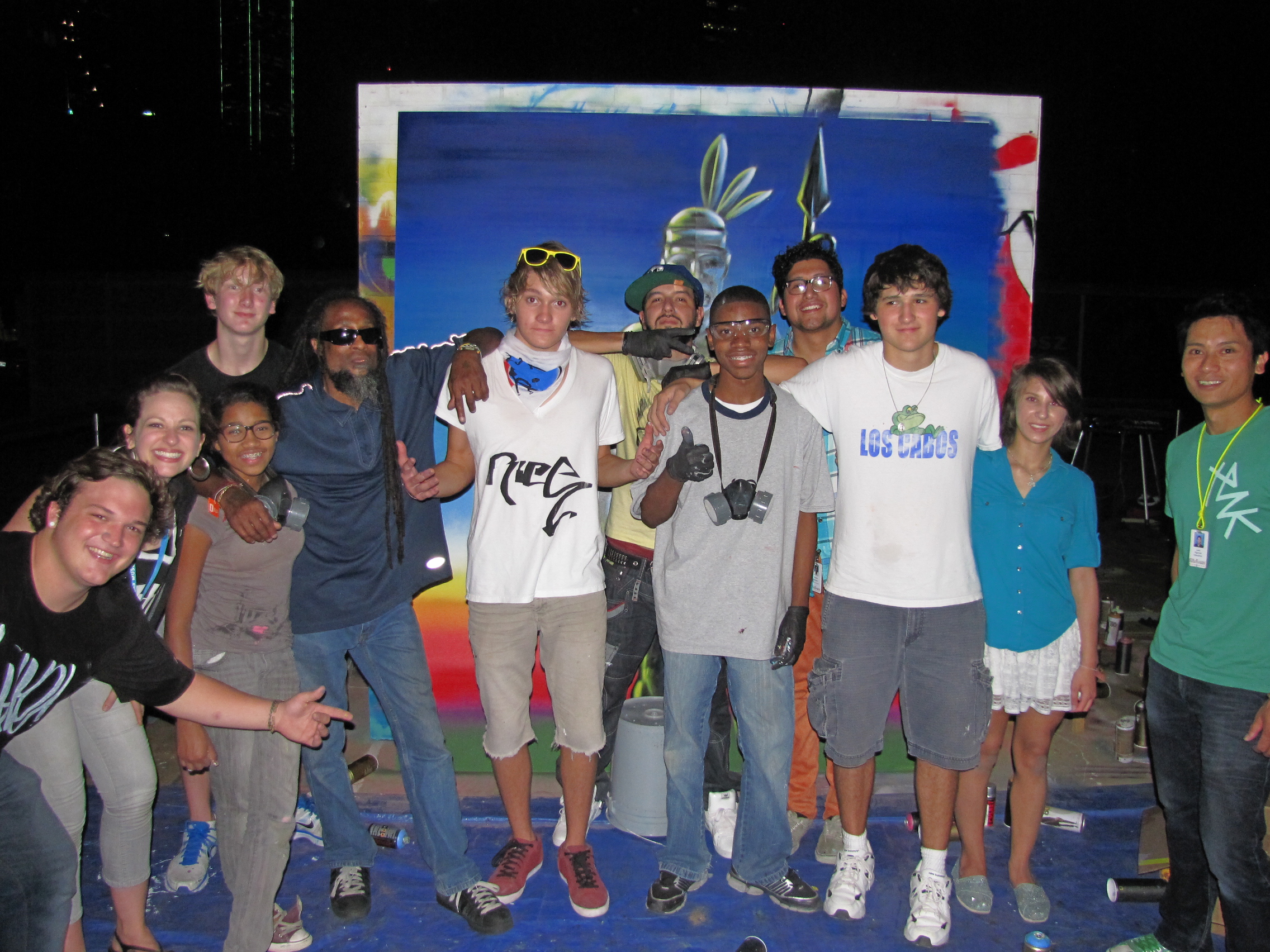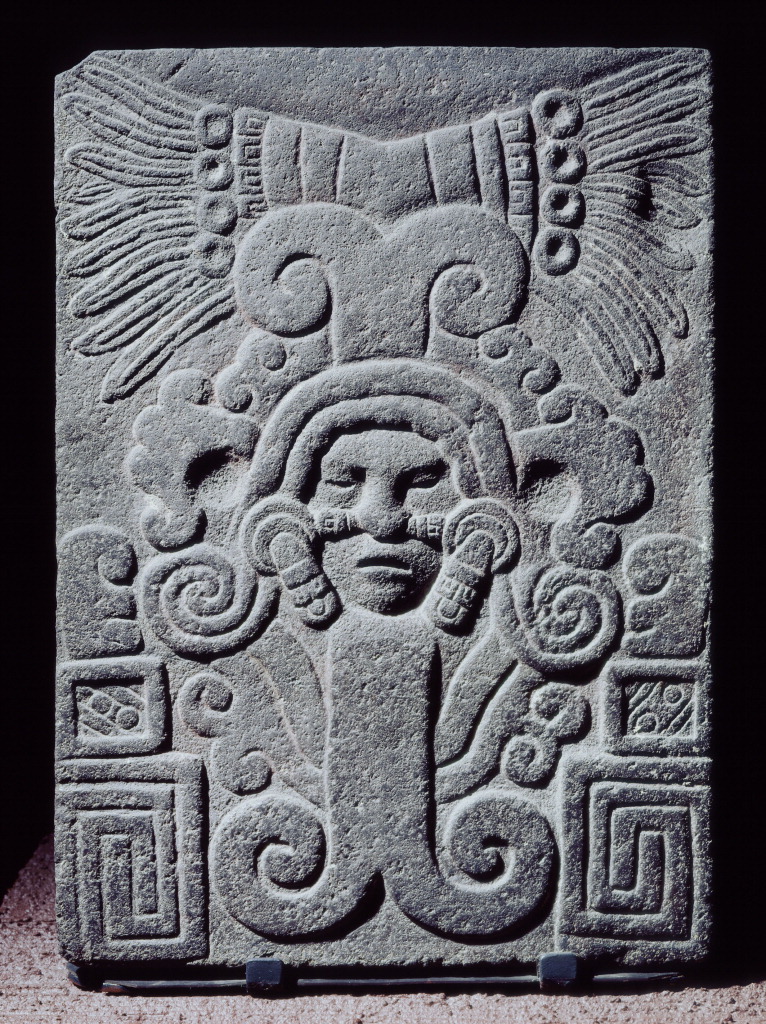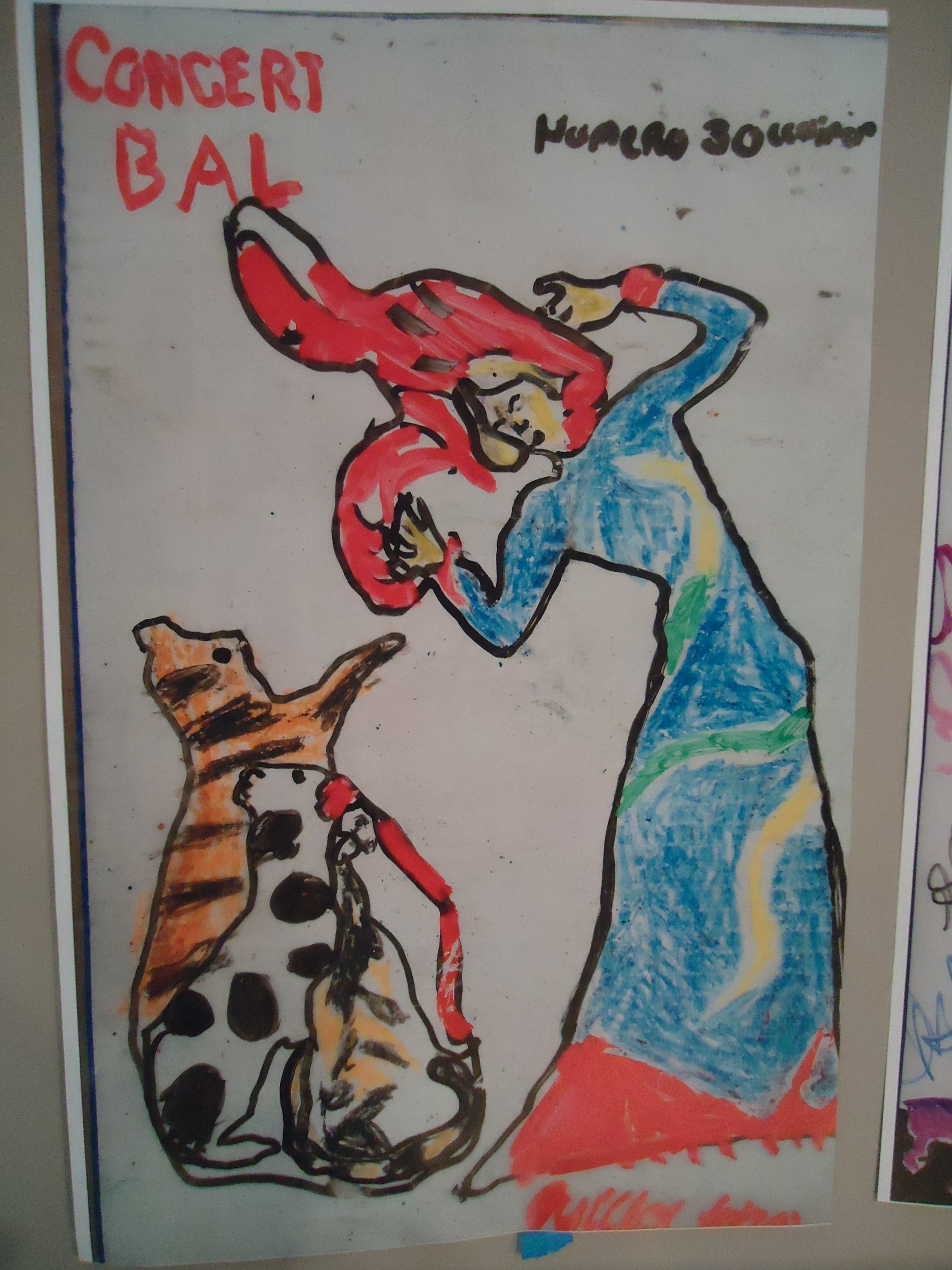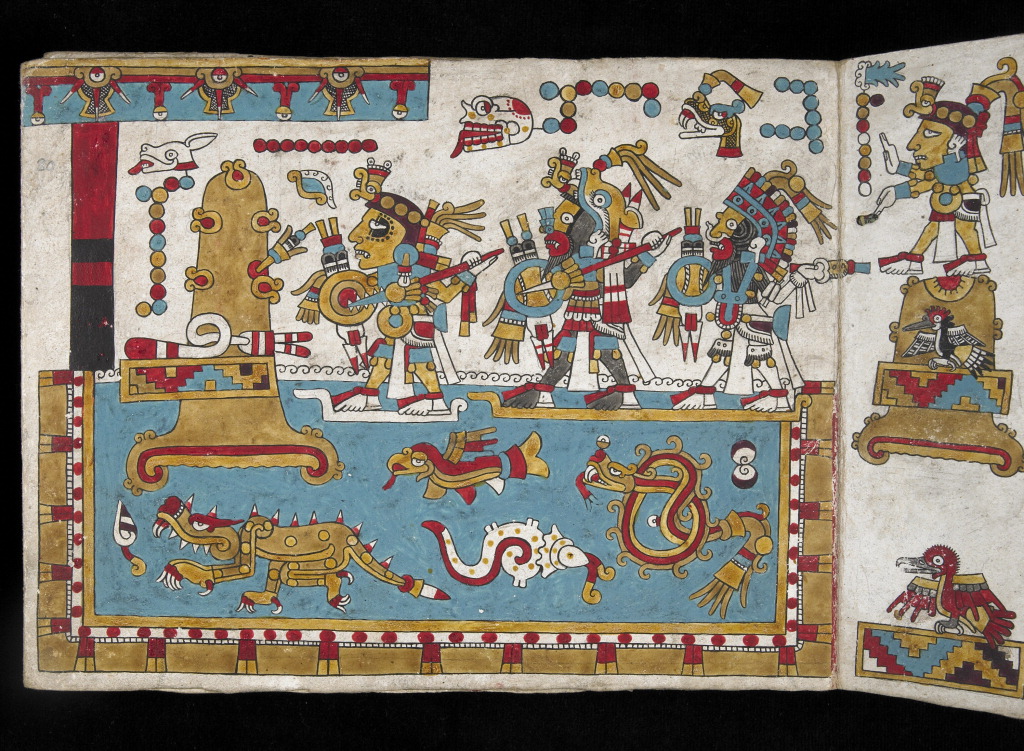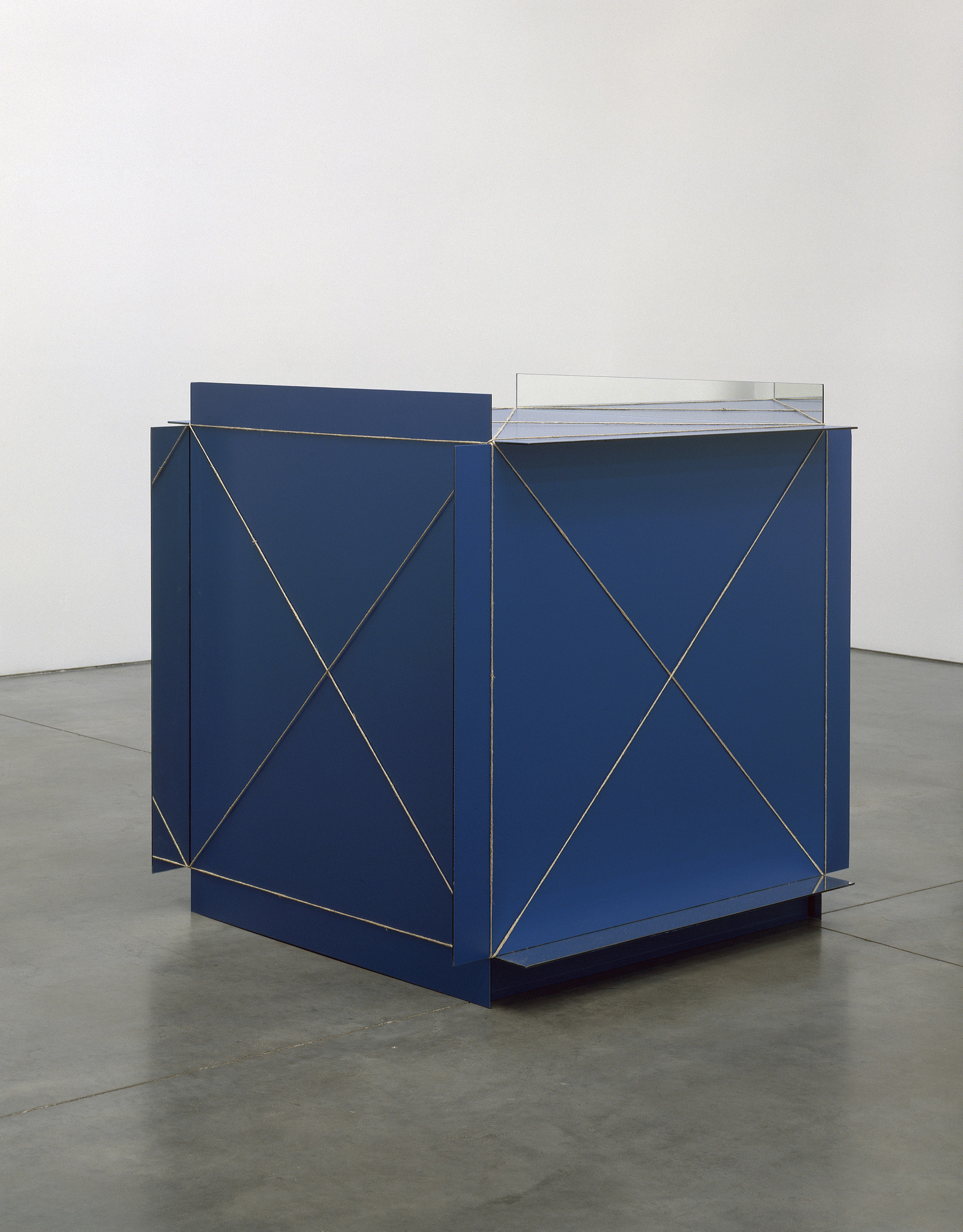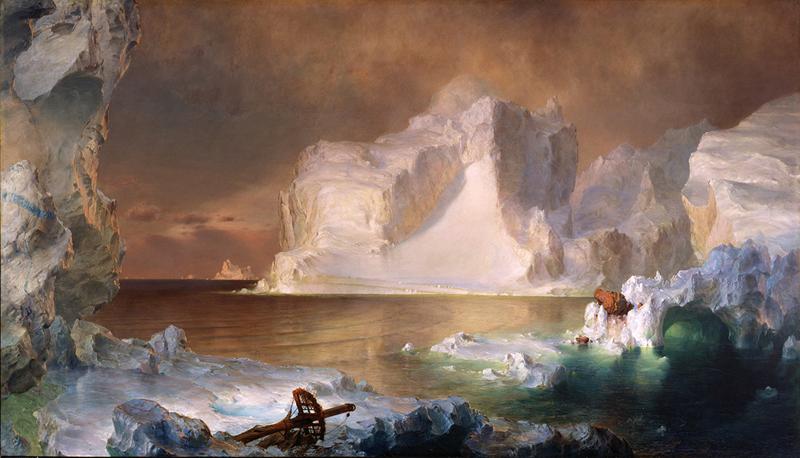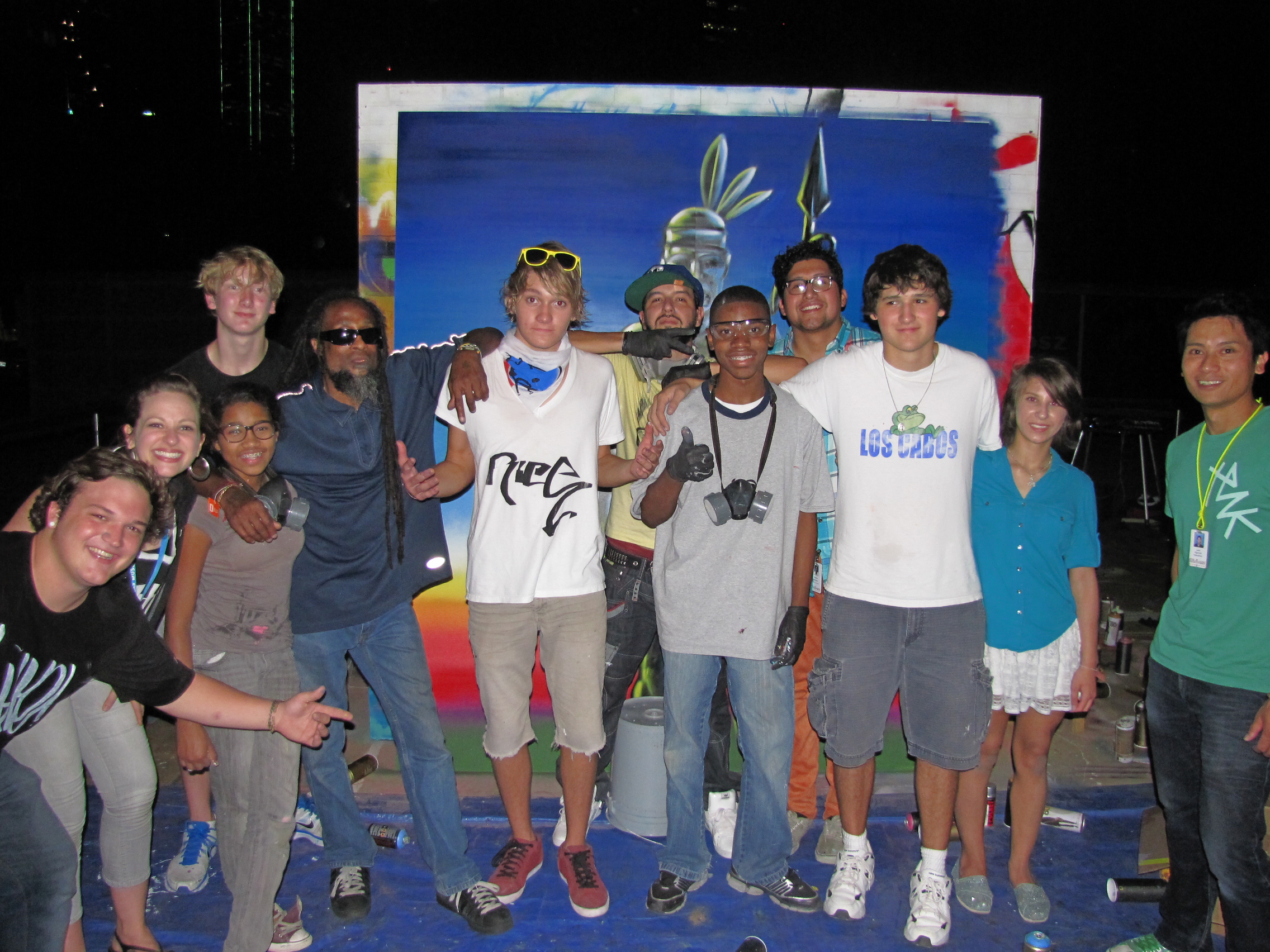Last week, I had t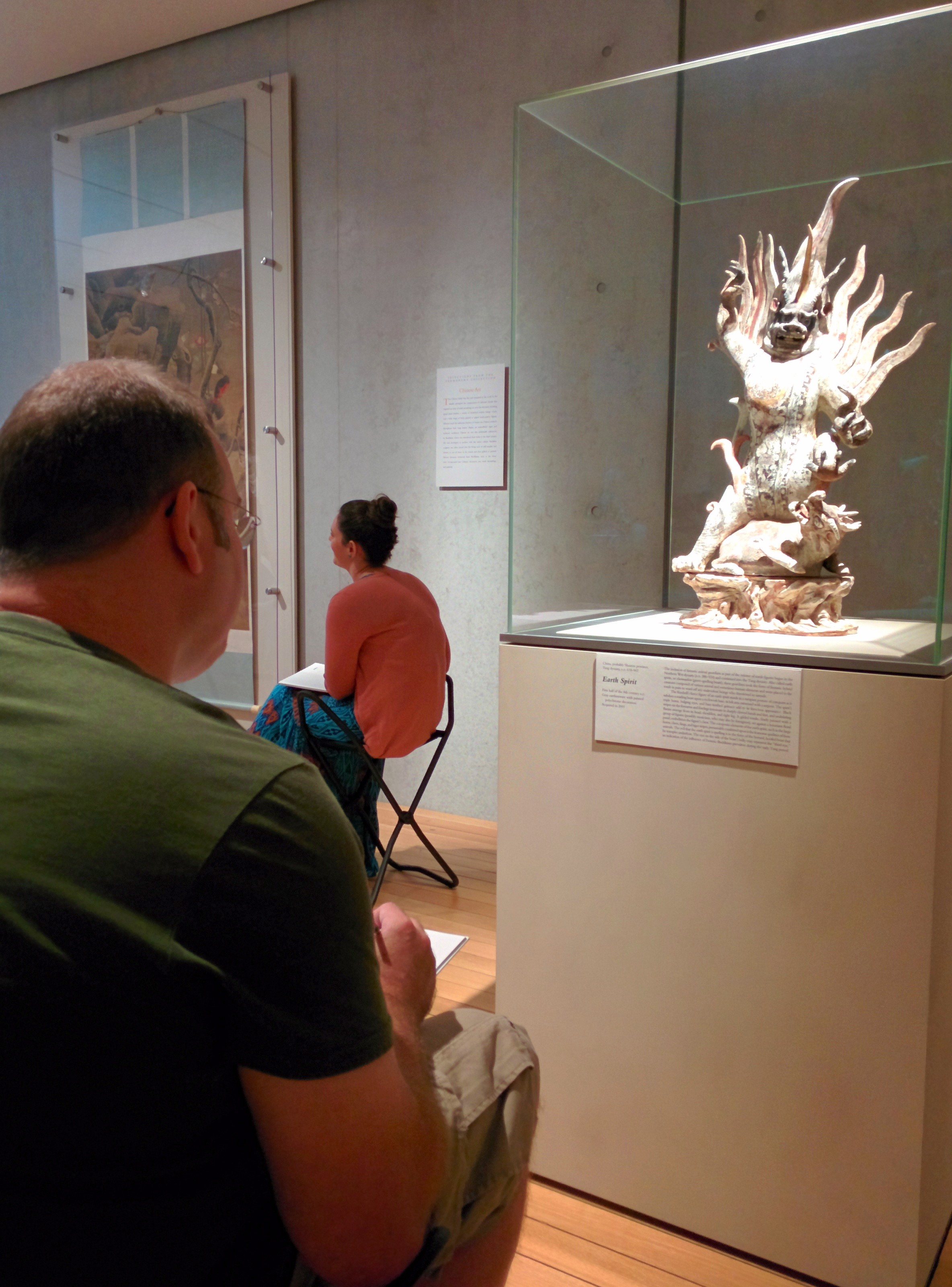 he pleasure of spending my time with teachers and colleagues as part of the annual Museum Forum for Teachers. This week-long teacher workshop focusing on modern and contemporary art is a collaboration between multiple DFW museums, including The Warehouse, the Nasher Sculpture Center, the Modern Art Museum of Fort Worth, the Kimbell Art Museum, and the Dallas Museum of Art.
he pleasure of spending my time with teachers and colleagues as part of the annual Museum Forum for Teachers. This week-long teacher workshop focusing on modern and contemporary art is a collaboration between multiple DFW museums, including The Warehouse, the Nasher Sculpture Center, the Modern Art Museum of Fort Worth, the Kimbell Art Museum, and the Dallas Museum of Art.
During the week, each location hosts a group of twenty-five instructors for one day of discussions and projects for CPE credits. It was a fun, thought-provoking, and intense experience! Everyone made two dimensional works of art using only cloth, plastic, paper, stitch witchery, and heated irons at the Warehouse. Teachers toured an installation project in the Vickery Meadows neighborhood with the Nasher Artist-In-Residence, Rick Lowe. At the DMA we explored artist-induced meaning through blurring images in the style of Gerhard Richter, and examined institution-created meaning by becoming curators. In Fort Worth, we created grid-like Minimalist art at The Modern, and painted Japanese screens at the Kimbell.
-
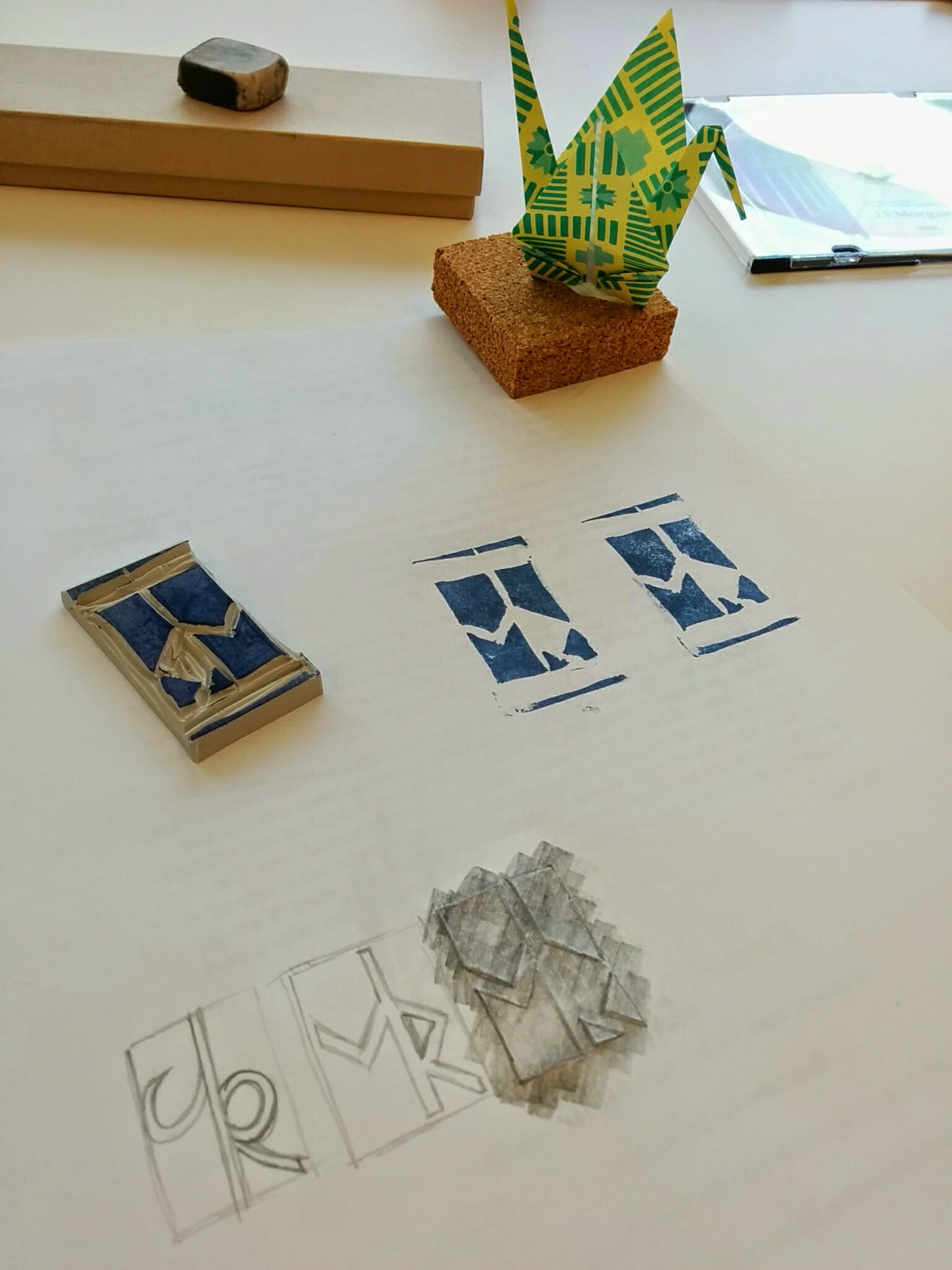
-
My attempt at designing and carving a personalized “signature chop.”
-
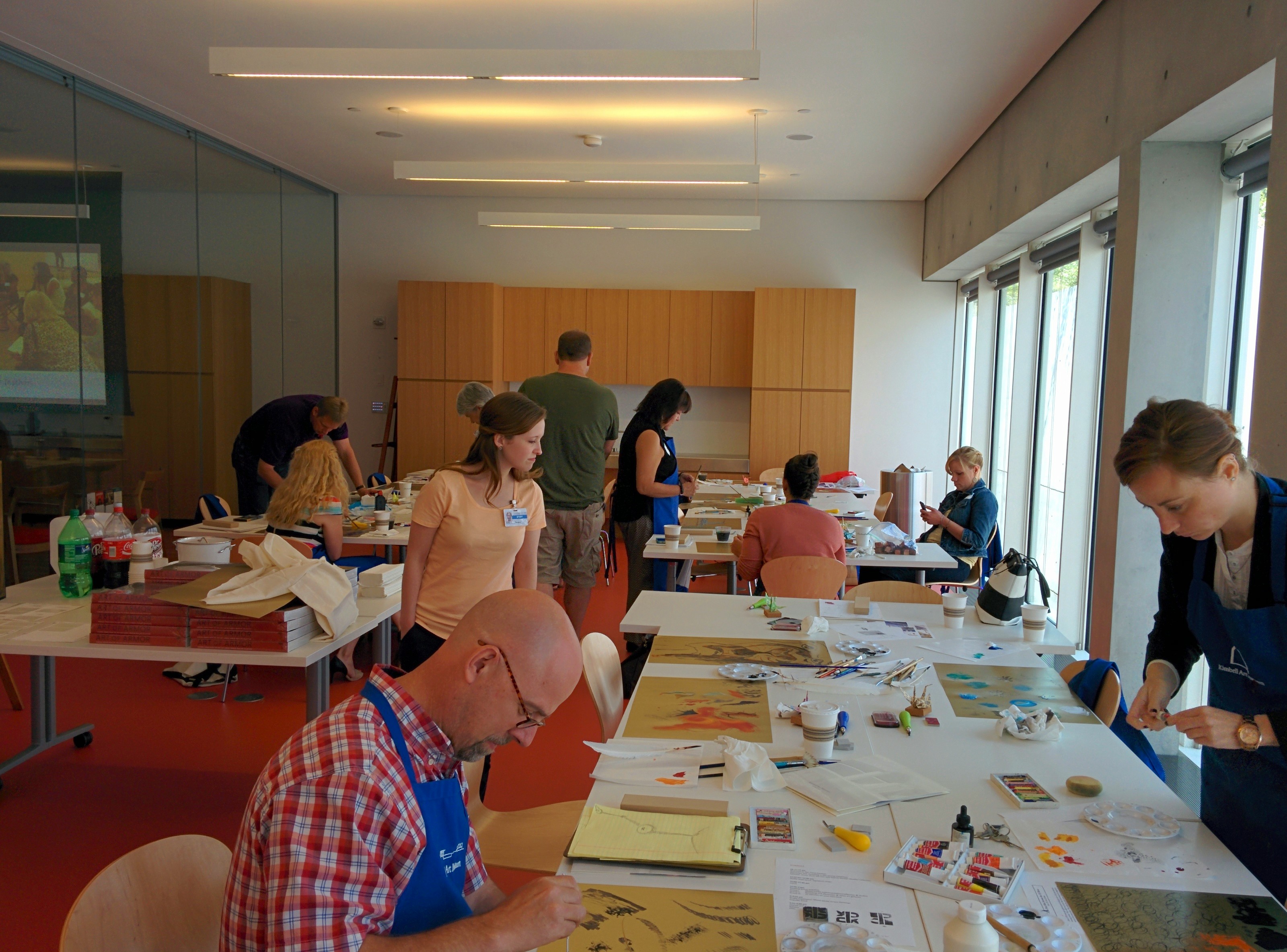
-
Teachers painting mixed-media screens.
-
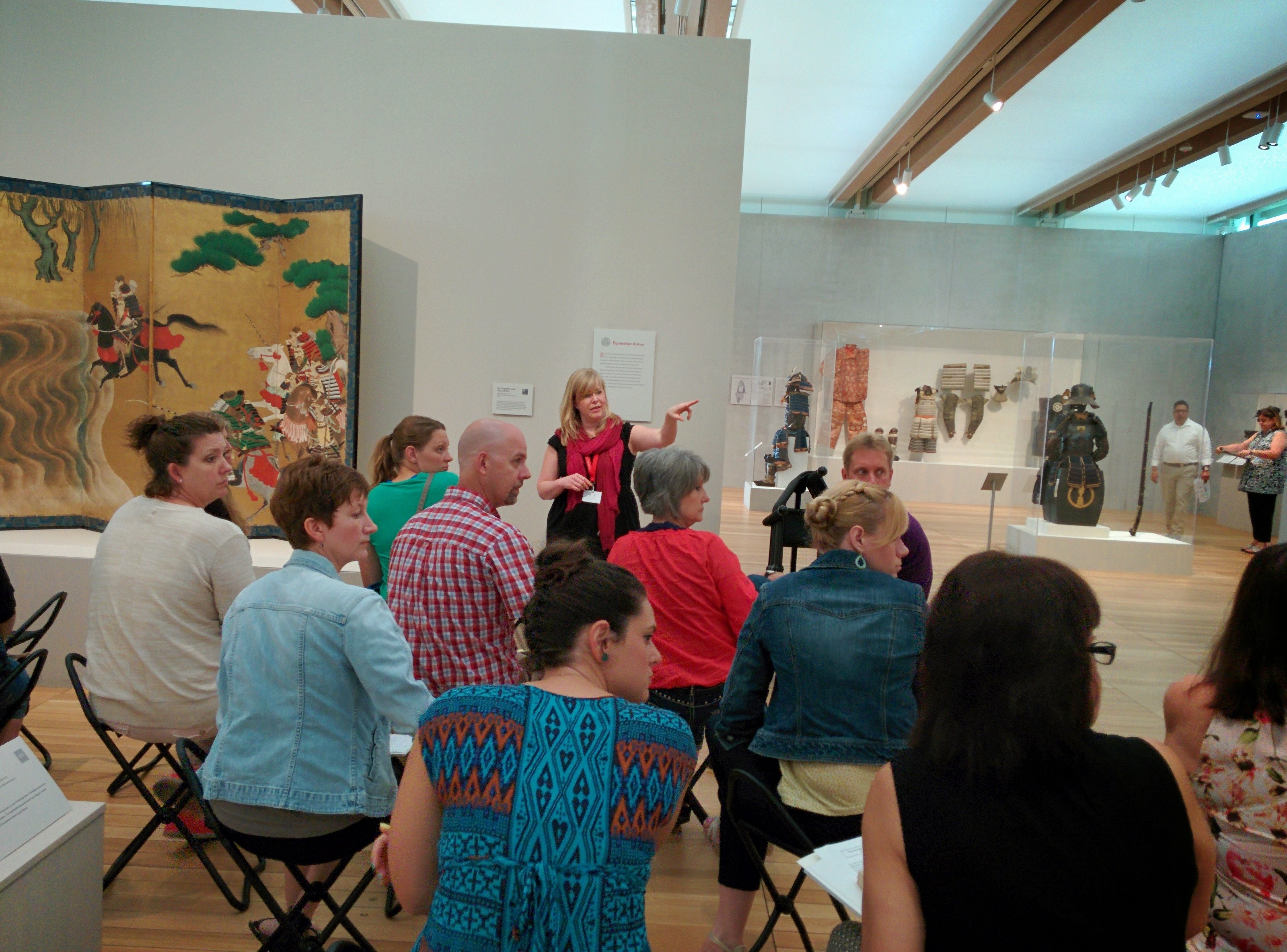
-
Examining the Samurai armor on exhibit at the Kimbell.
-

-
Auspiciously, this little guy tried hitching a ride home.
The results of one activity were quite interesting: during our day at the Modern we examined Sol LeWitt’s Wall Drawing #50, in which the artist created a drawing and set of instructions for any installers to finish the work at a different location. In this work of conceptual art, the instructions themselves are the work of art; the installation of it is simply an extension and realization of this idea. (While visually very different from the Modern’s, LeWitt’s process here is similar to the one he used in the DMA’s Wall Drawing #398, installed in the barrel vault.)
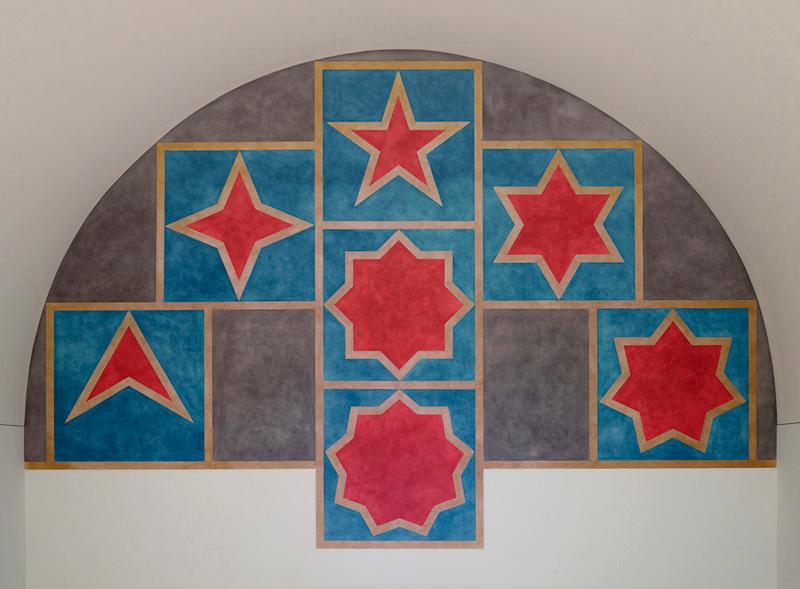
Sol LeWitt, Wall Drawing #398, 1983 (installed 1985), Dallas Museum of Art, gift of The 500, Inc., Mr. and Mrs. Michael J. Collins and Mr. and Mrs. James L. Stephenson, Jr.
We were inspired to create our own work of conceptual paper drawing by creating a set of instructions resembling an “official” certificate designating the instructions as the work of art. Then we handed our instructions to another participant who had to become the “installer” and draw our image based on the instructions.
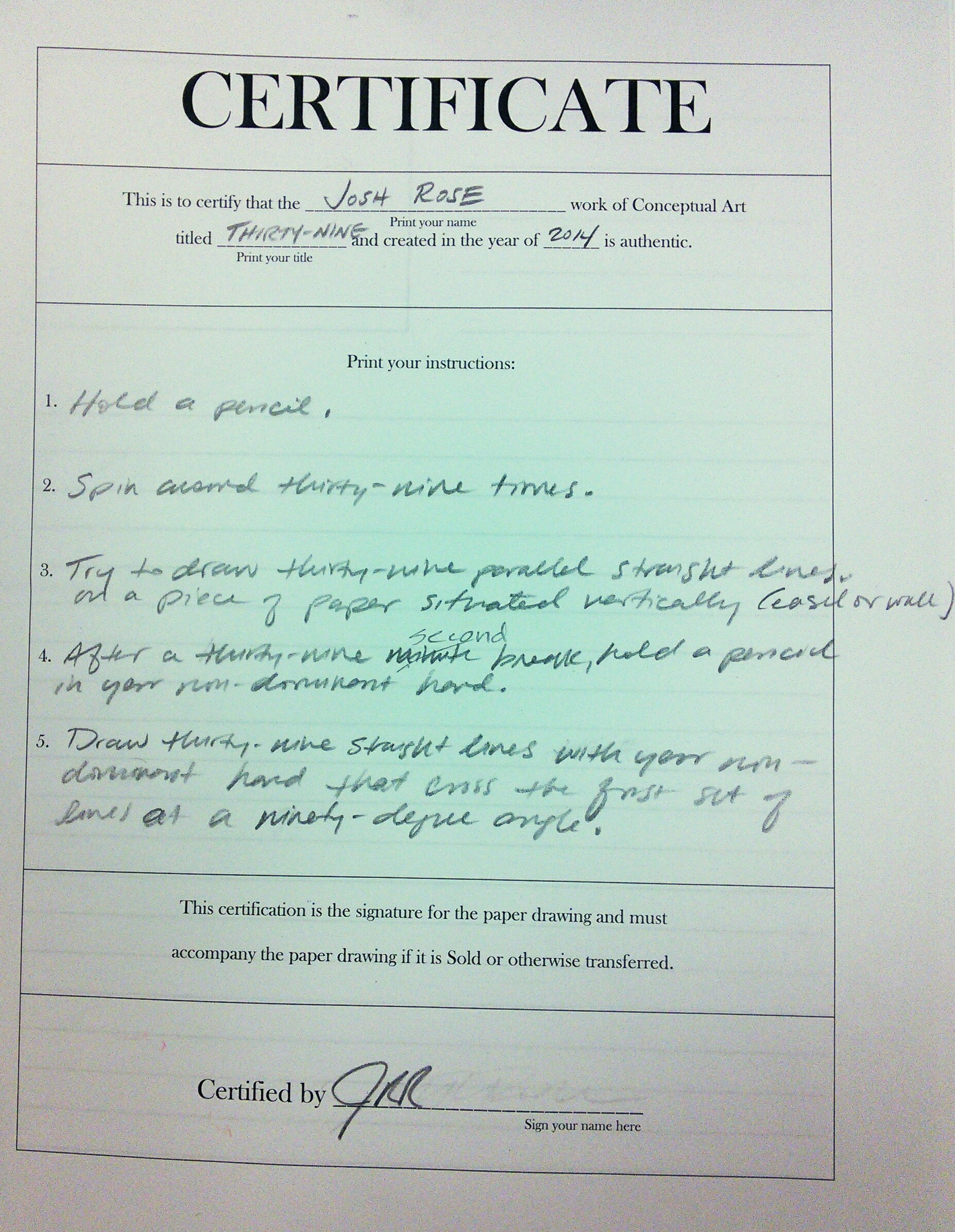 For my instructions, I decided to play around with LeWitt’s geometric rigidness by applying it to a negation of bodily control and precise mark-making:
For my instructions, I decided to play around with LeWitt’s geometric rigidness by applying it to a negation of bodily control and precise mark-making:
1. Hold a pencil.
2. Spin around thirty-nine times.
3. Try to draw thirty-nine straight parallel lines on a sheet of paper situated vertically (on a wall or easel).
4. After a thirty-nine second break, hold a pencil in your non-dominant hand.
5. Draw thirty-nine straight lines with your non-dominant hand that cross the first set of lines at a ninety-degree angle.
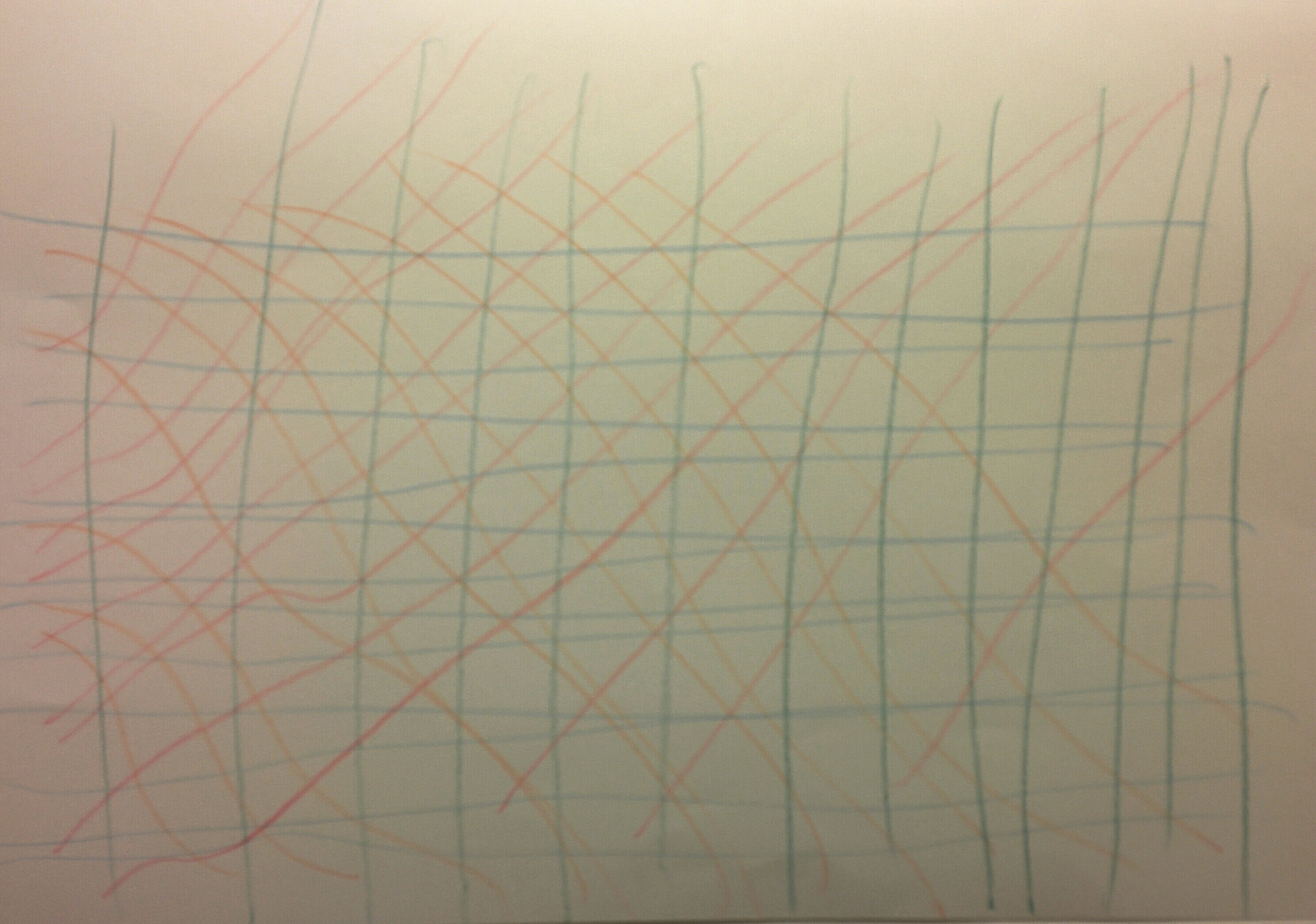 Susan, one of the workshop participants, did an amazing job interpreting these instructions. This was the third of a set of drawings she did based on my instructions, all very different in appearance! (Although she correctly pointed out that thirty-nine lines were perhaps too many.)
Susan, one of the workshop participants, did an amazing job interpreting these instructions. This was the third of a set of drawings she did based on my instructions, all very different in appearance! (Although she correctly pointed out that thirty-nine lines were perhaps too many.)
If you are interested in applying for next year’s Museum Forum for Teachers, sign up for our educator email newsletter, where we will post information next spring once it has been announced!
Artwork shown:
- Sol LeWitt, Wall Drawing #398, 1983 (installed 1985), Dallas Museum of Art, gift of The 500, Inc., Mr. and Mrs. Michael J. Collins and Mr. and Mrs. James L. Stephenson, Jr.
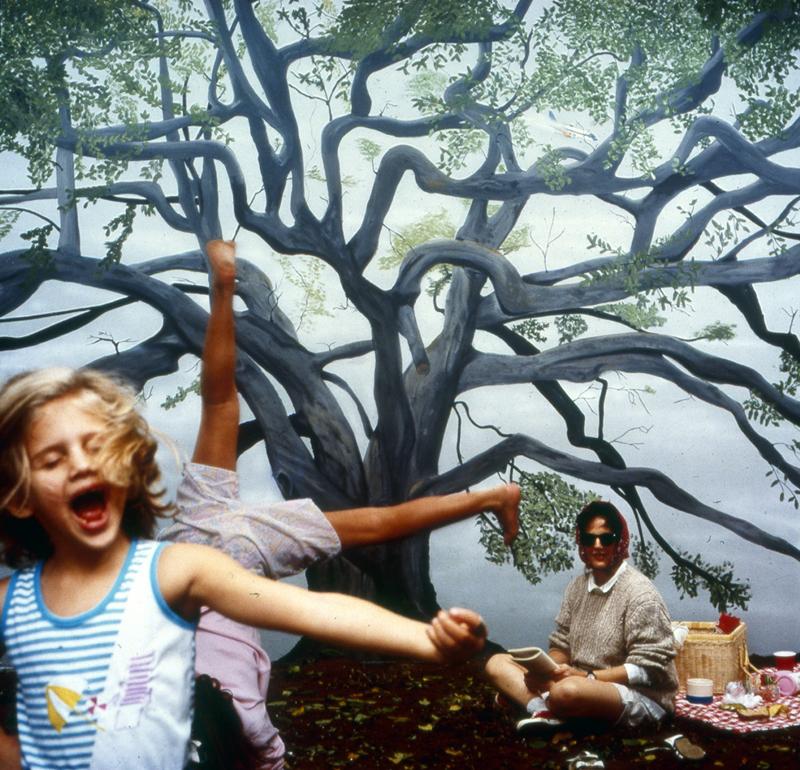
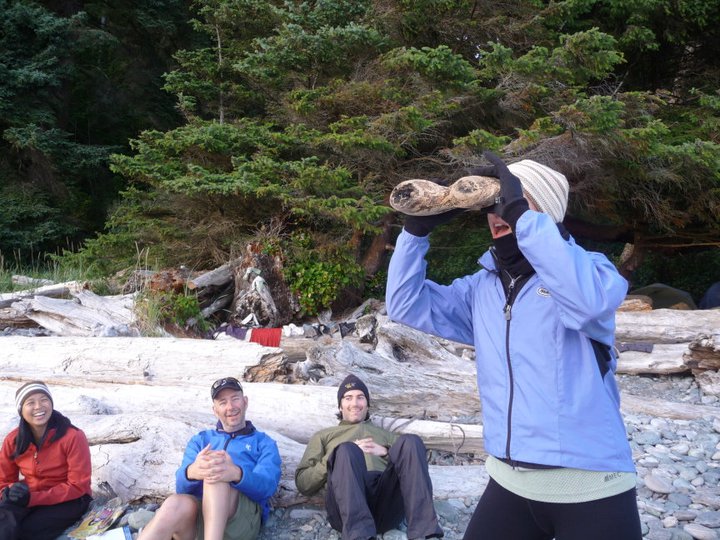

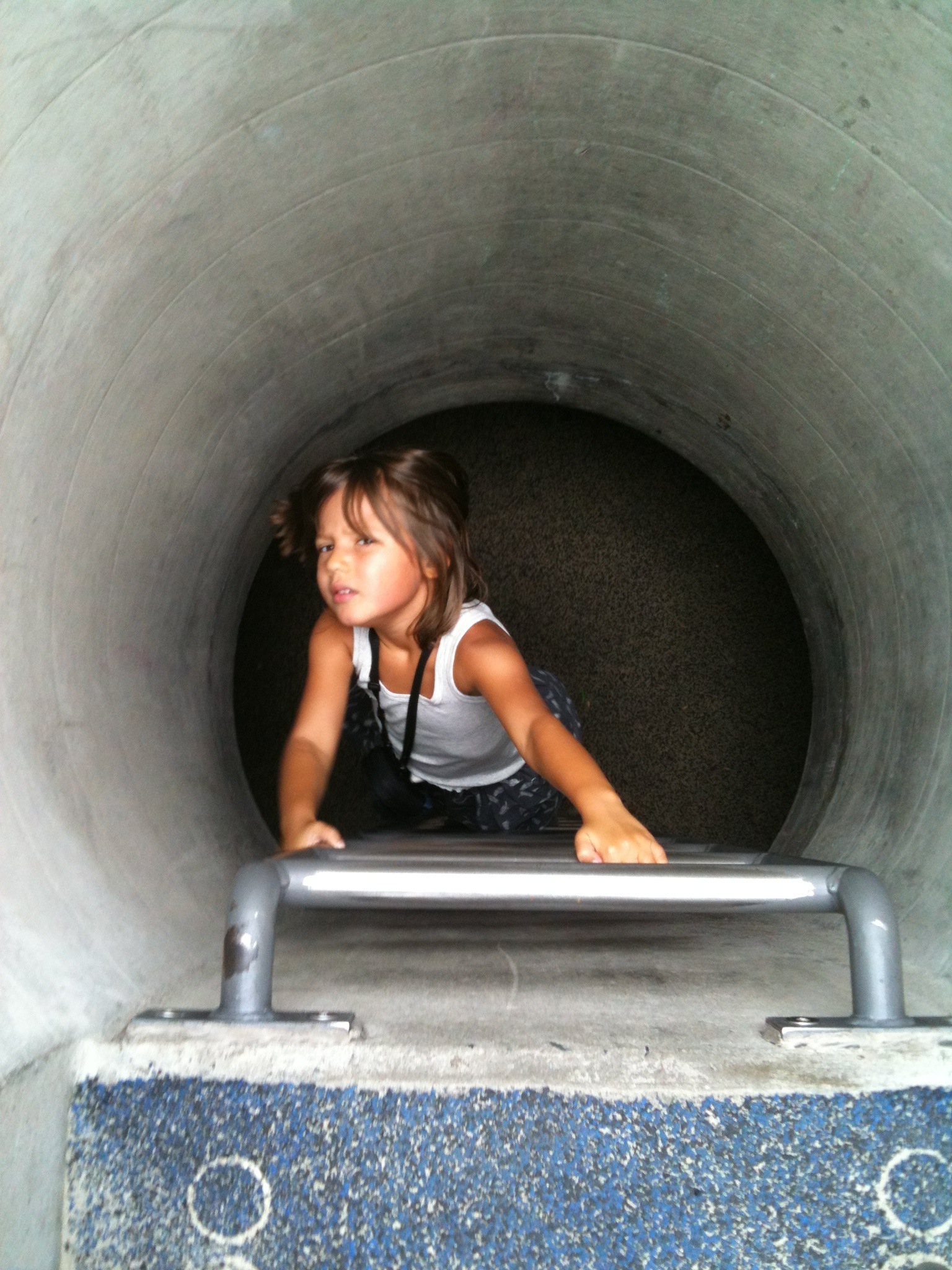

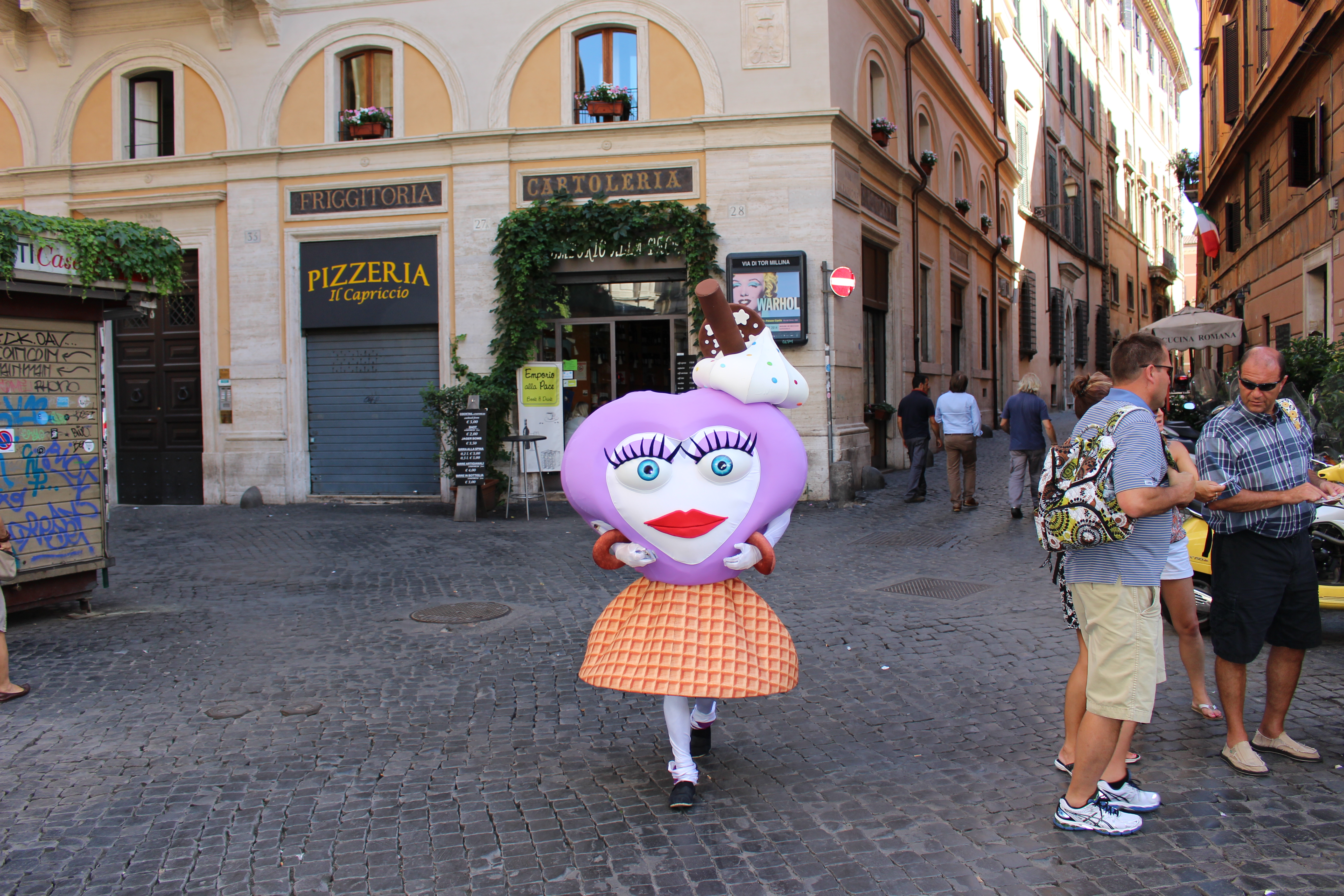
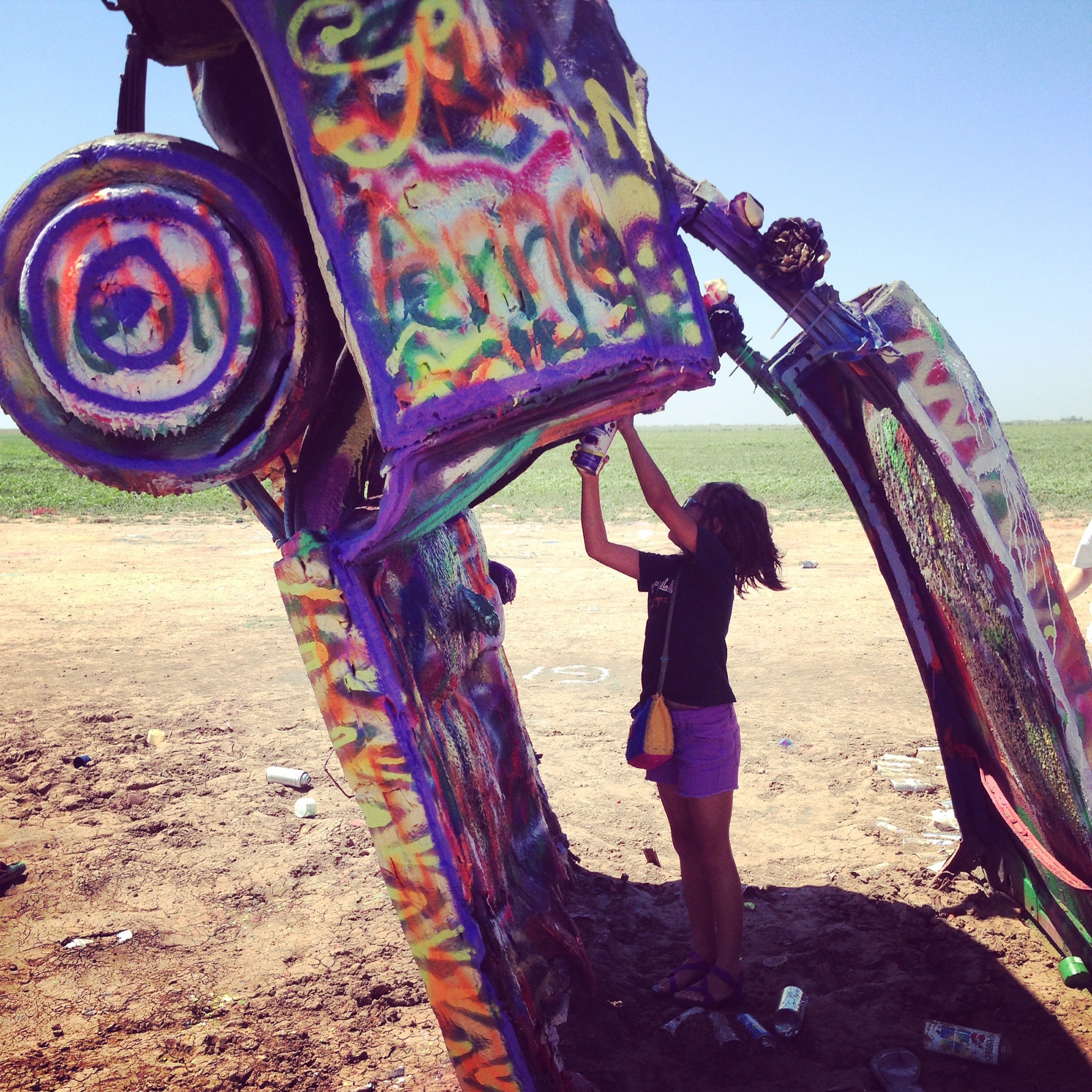


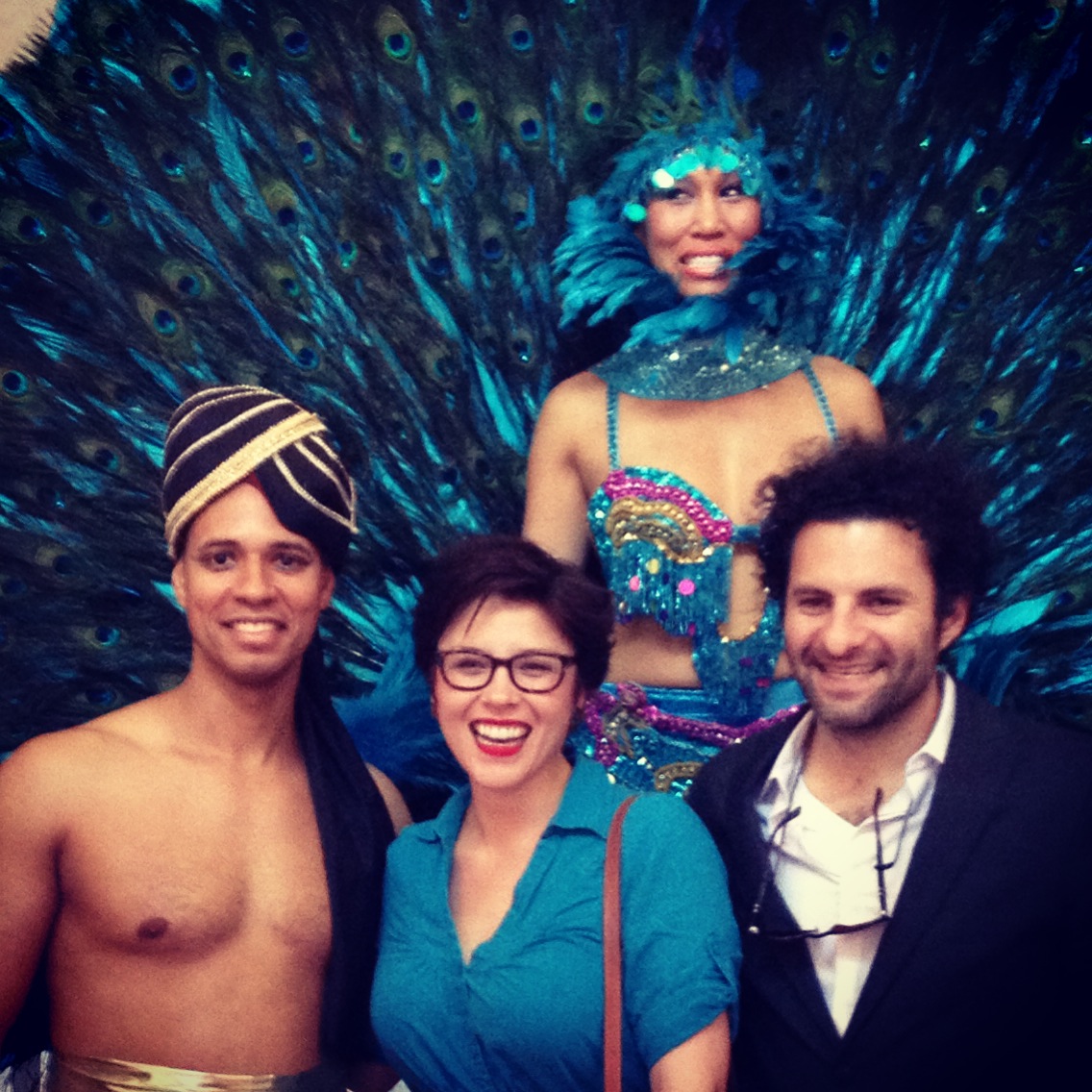
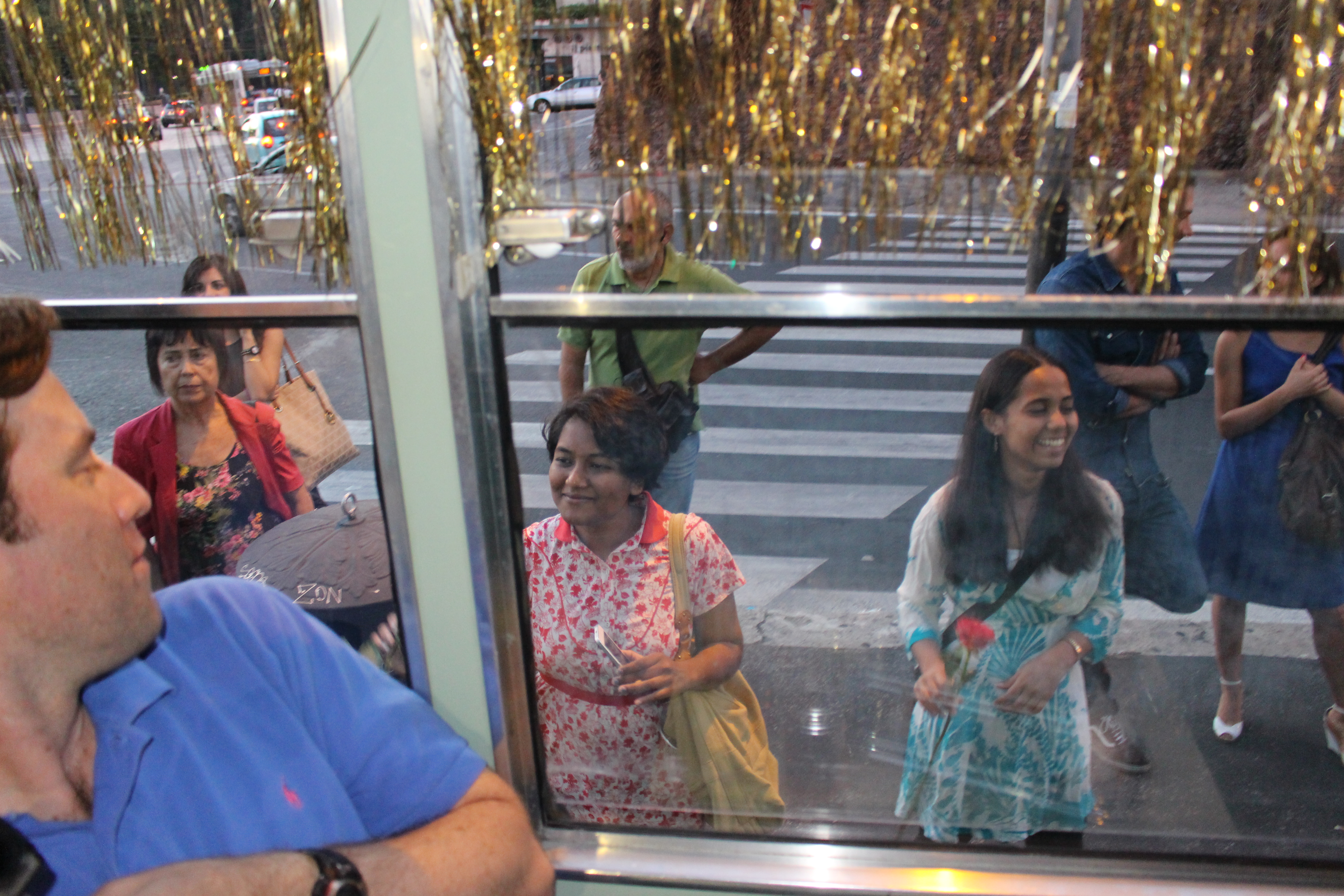
 he pleasure of spending my time with teachers and colleagues as part of the annual Museum Forum for Teachers. This week-long teacher workshop focusing on modern and contemporary art is a collaboration between multiple DFW museums, including
he pleasure of spending my time with teachers and colleagues as part of the annual Museum Forum for Teachers. This week-long teacher workshop focusing on modern and contemporary art is a collaboration between multiple DFW museums, including 






